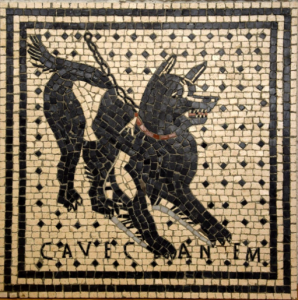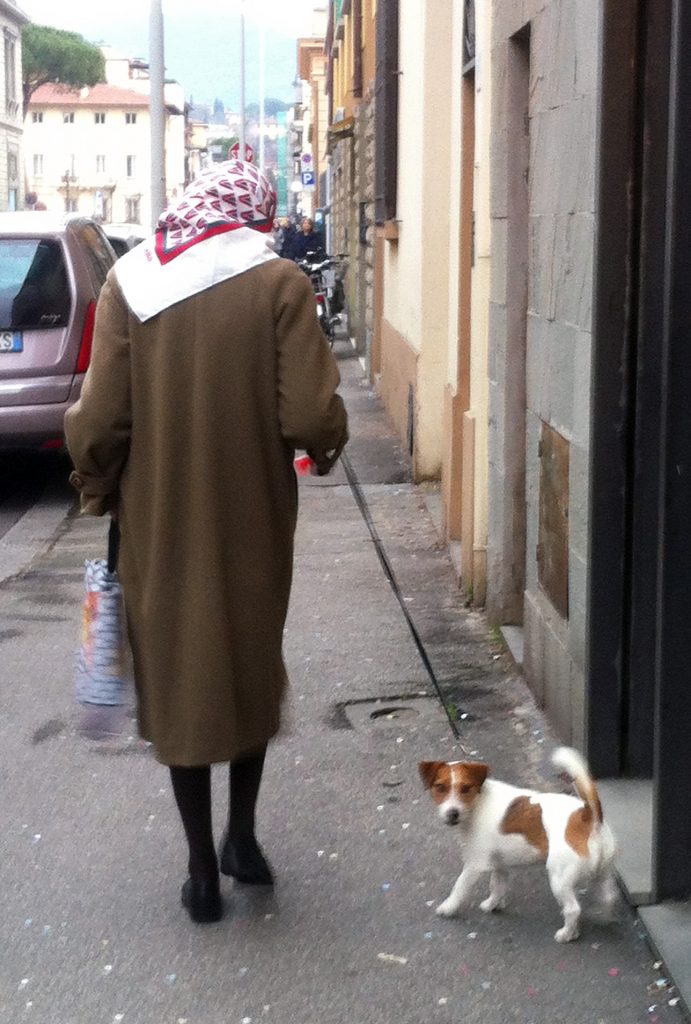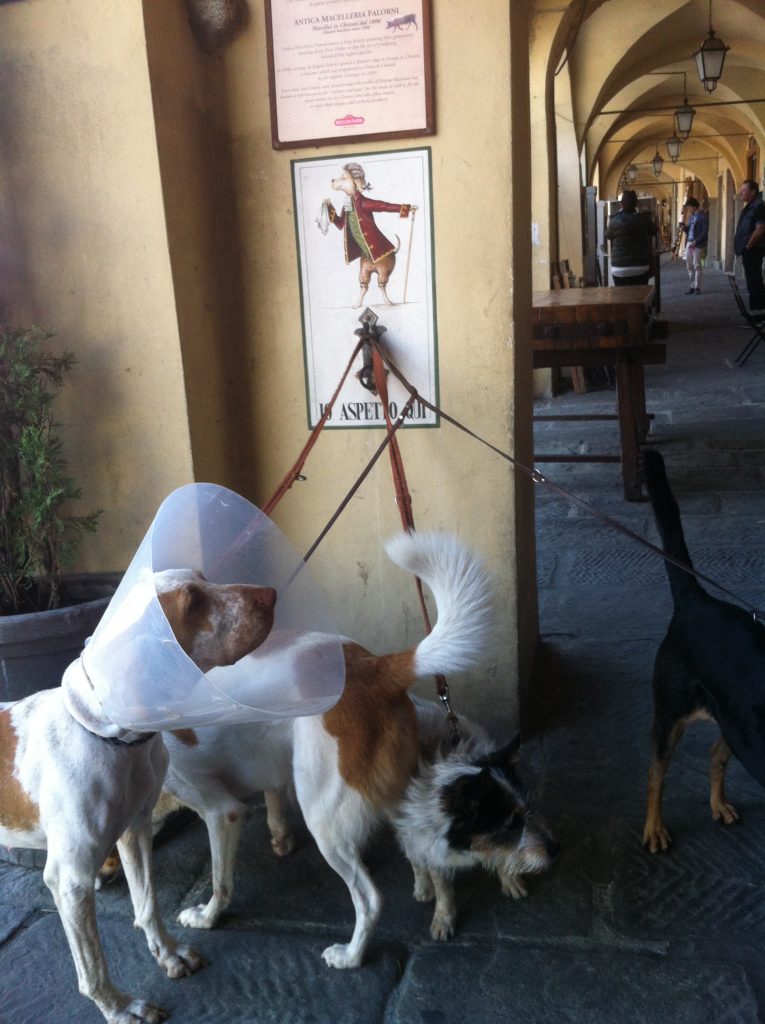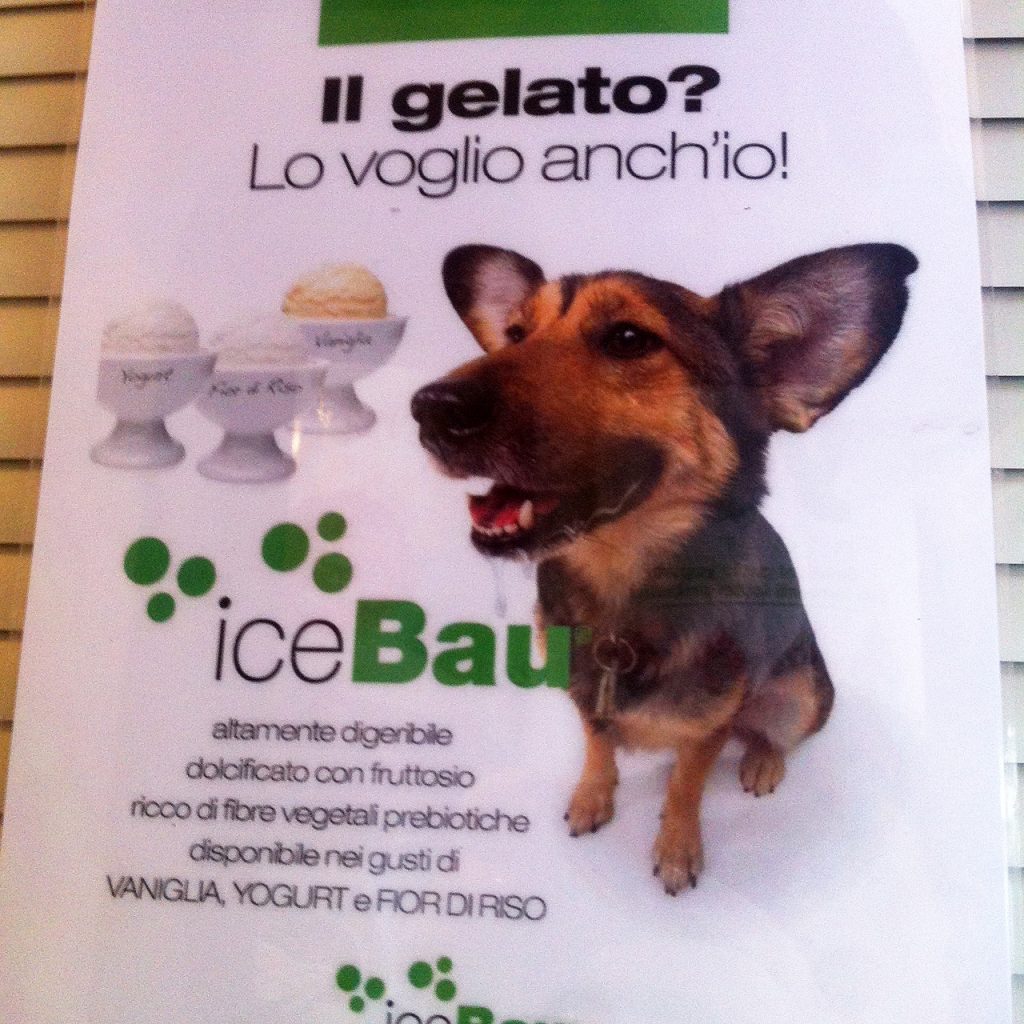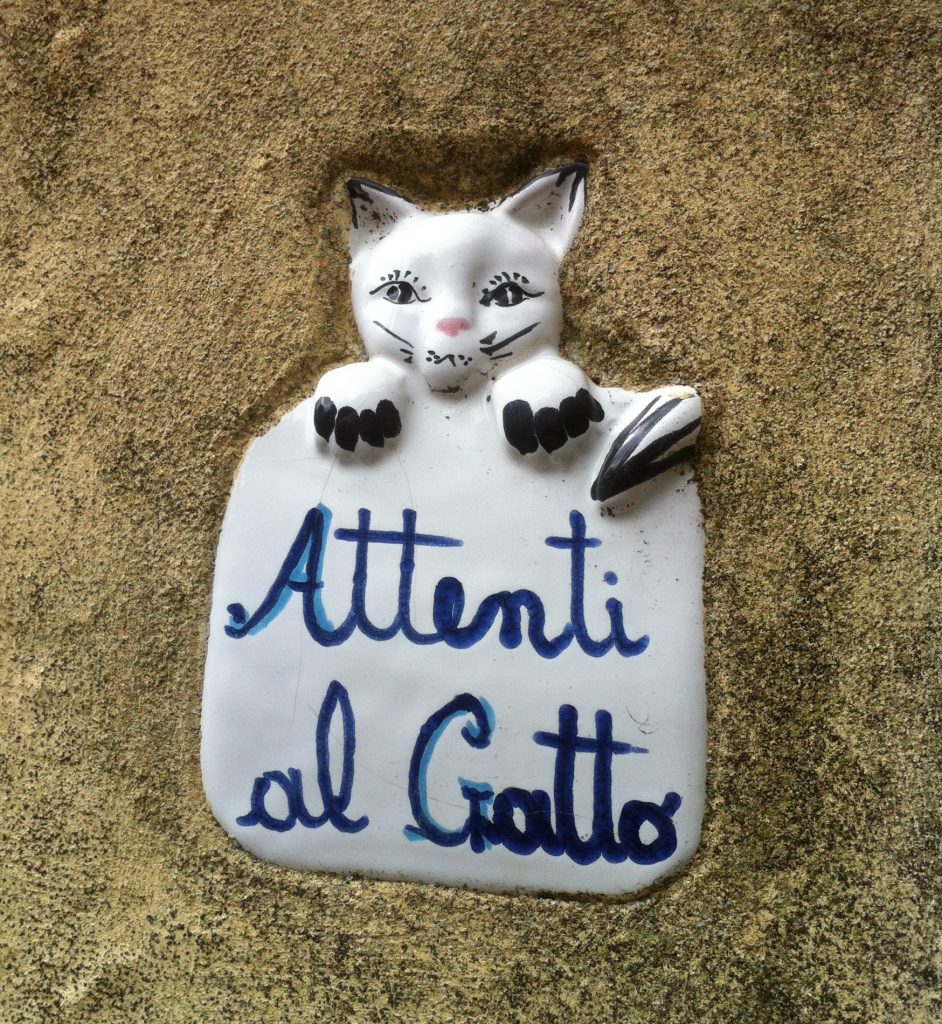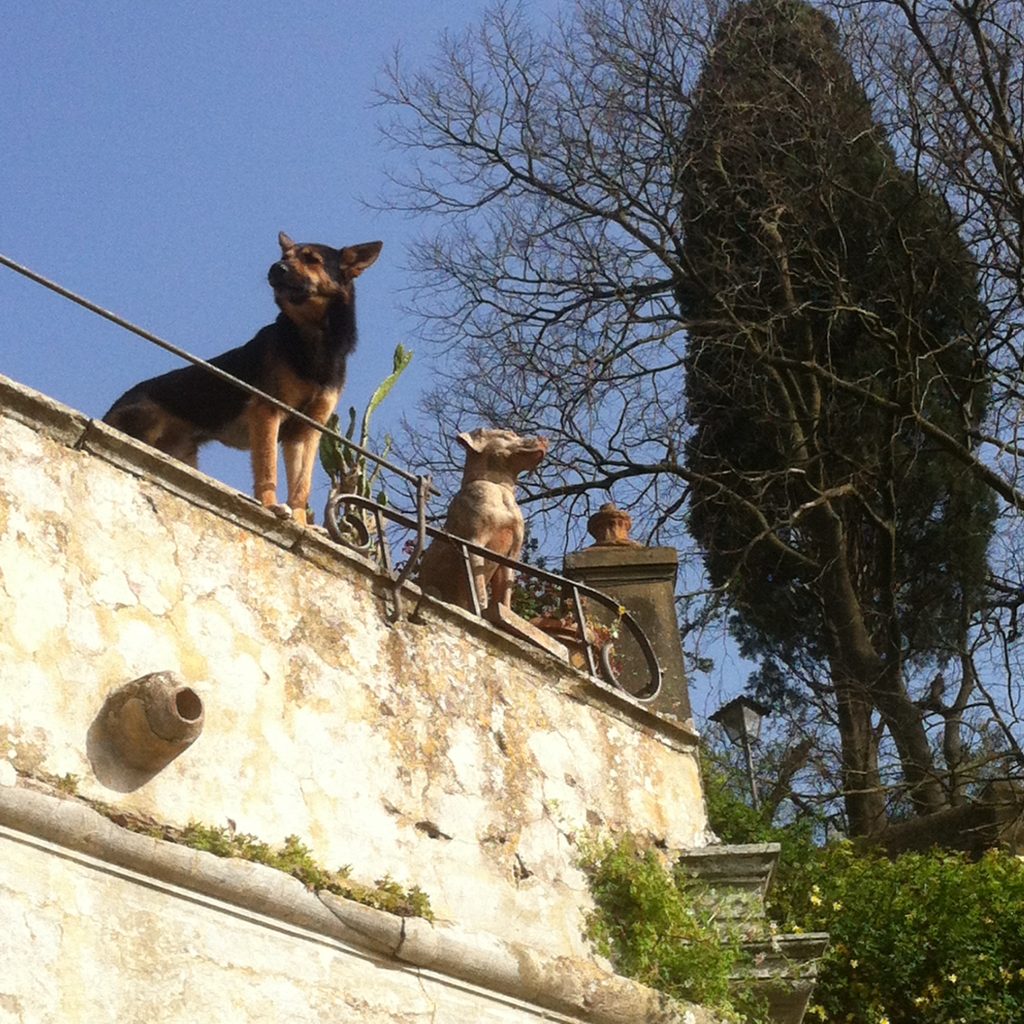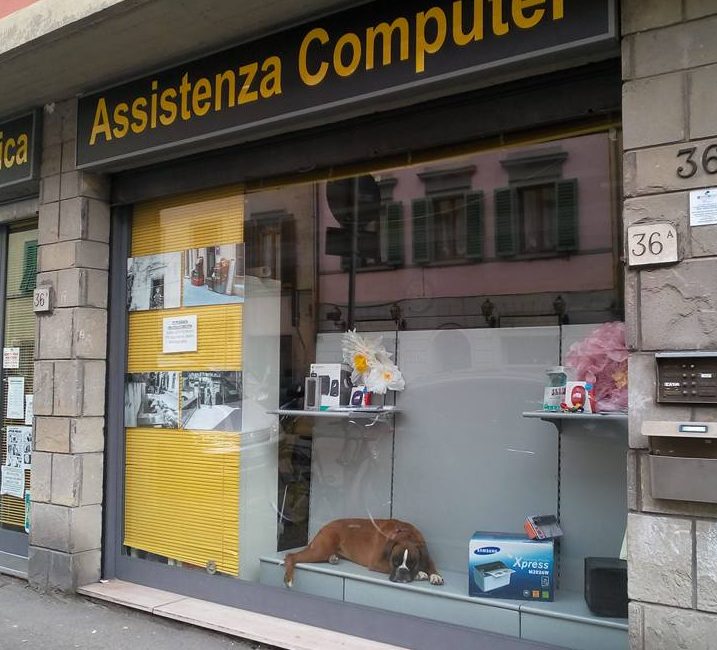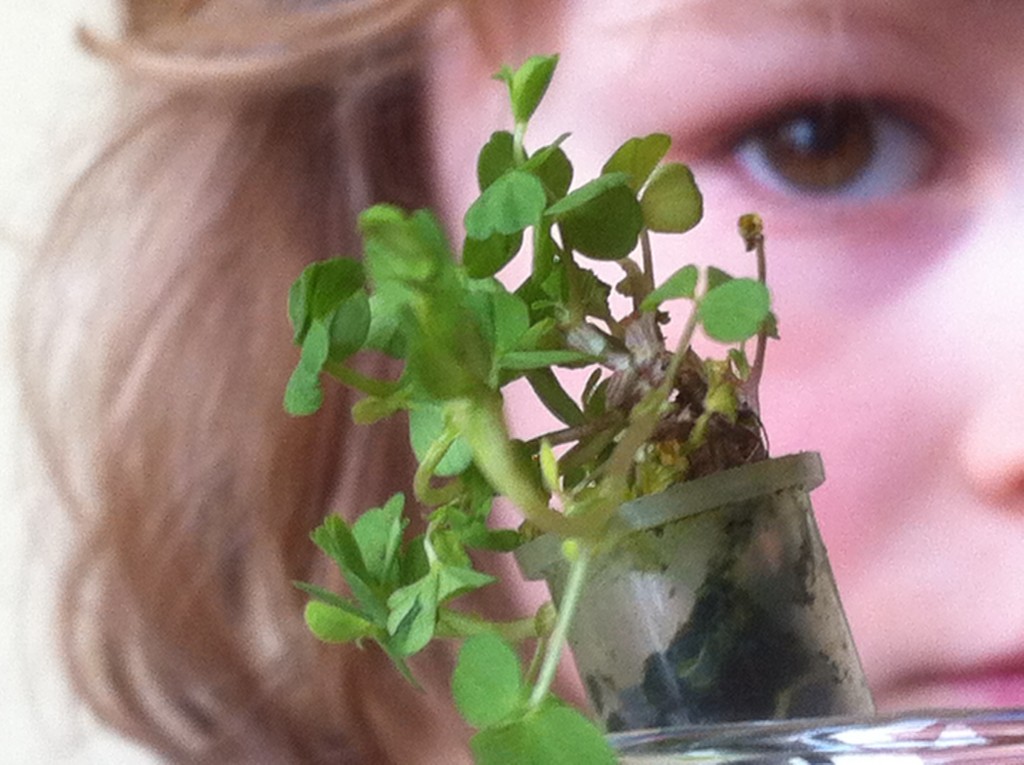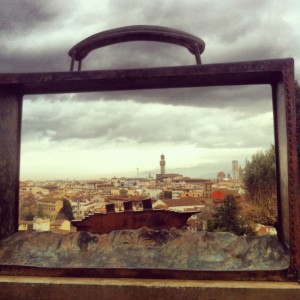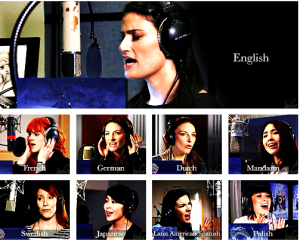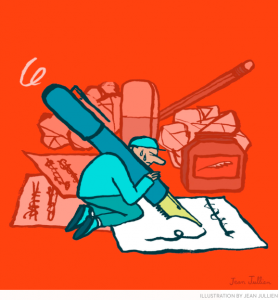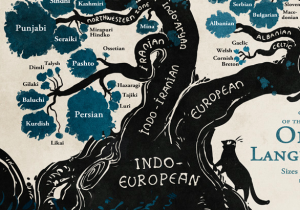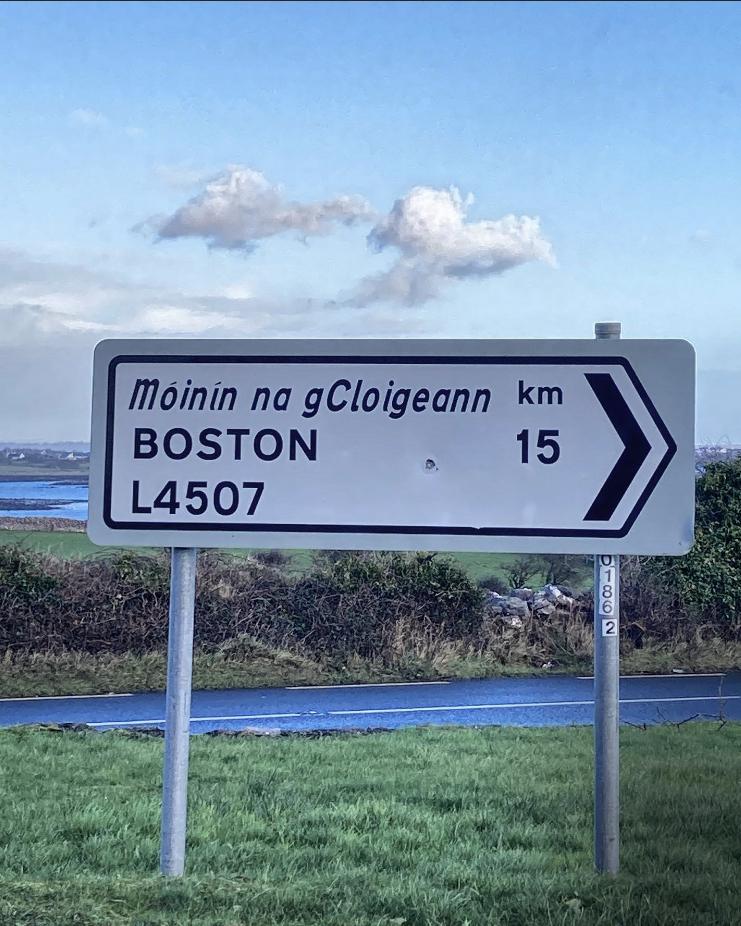
Many years ago in county Clare, 2 English surveyors stood side by side…
– We’d better give this teeny tiny place an English name then.
– What were you thinking?
– We could do the same as it sounds in Irish.
– That would be… Moneennagliggin.
– Not too catchy is it. How about a direct translation from the Irish?
– Maybe not, that would be “Little Bog of the Skulls”.
– Goodness, no. Any other options?
– Well some of the locals call it Druim na Doimhe.
– And what does that one mean?
– “Ridge of the Abyss”
…
– Ah feck it, let’s just call it Boston. We can confuse the buggers and make them think they’re halfway there.
– Rightio.
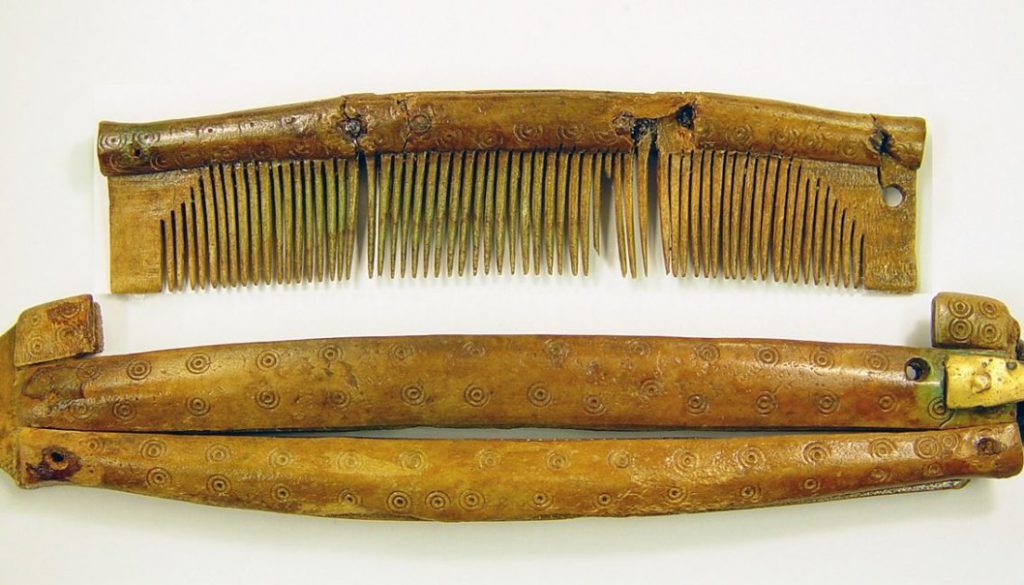
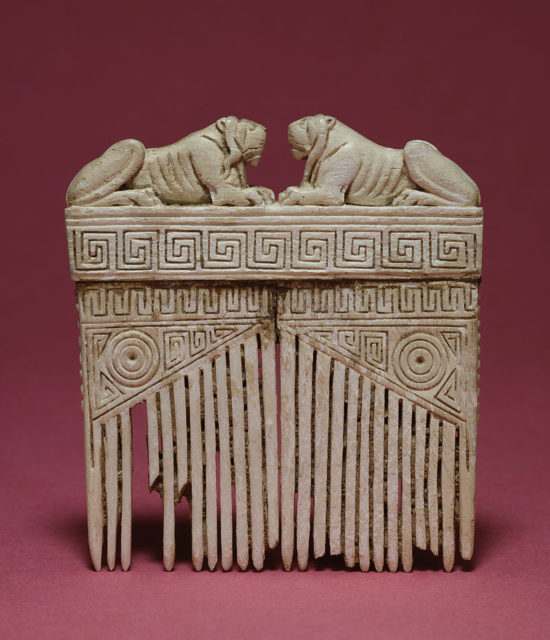
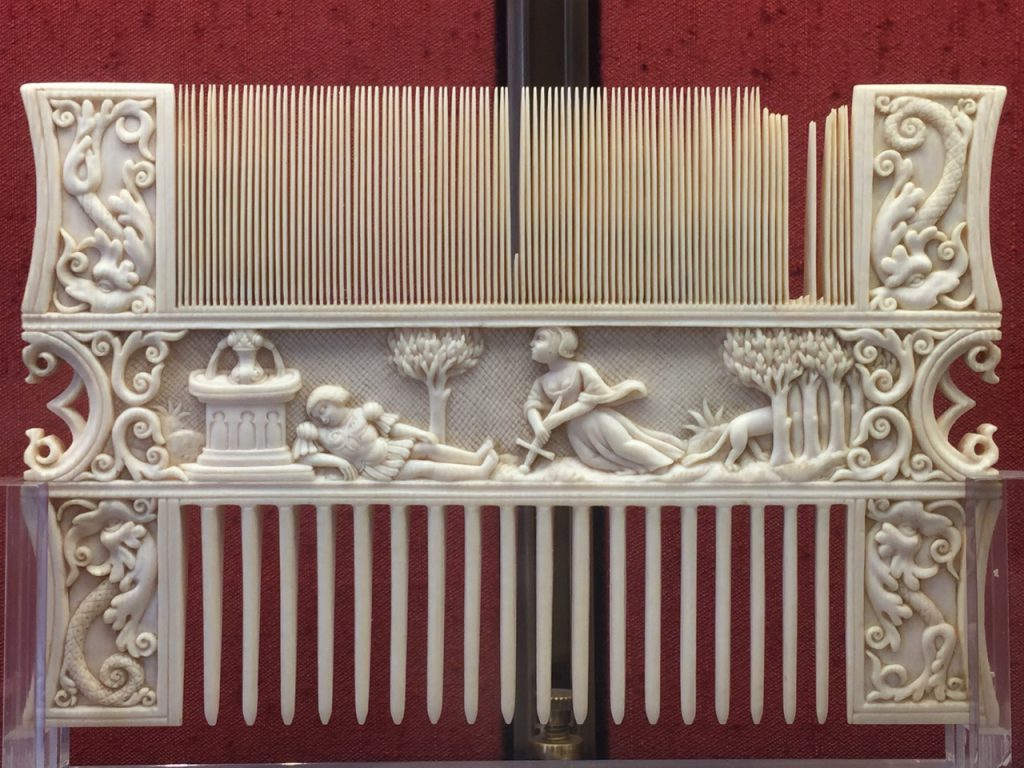
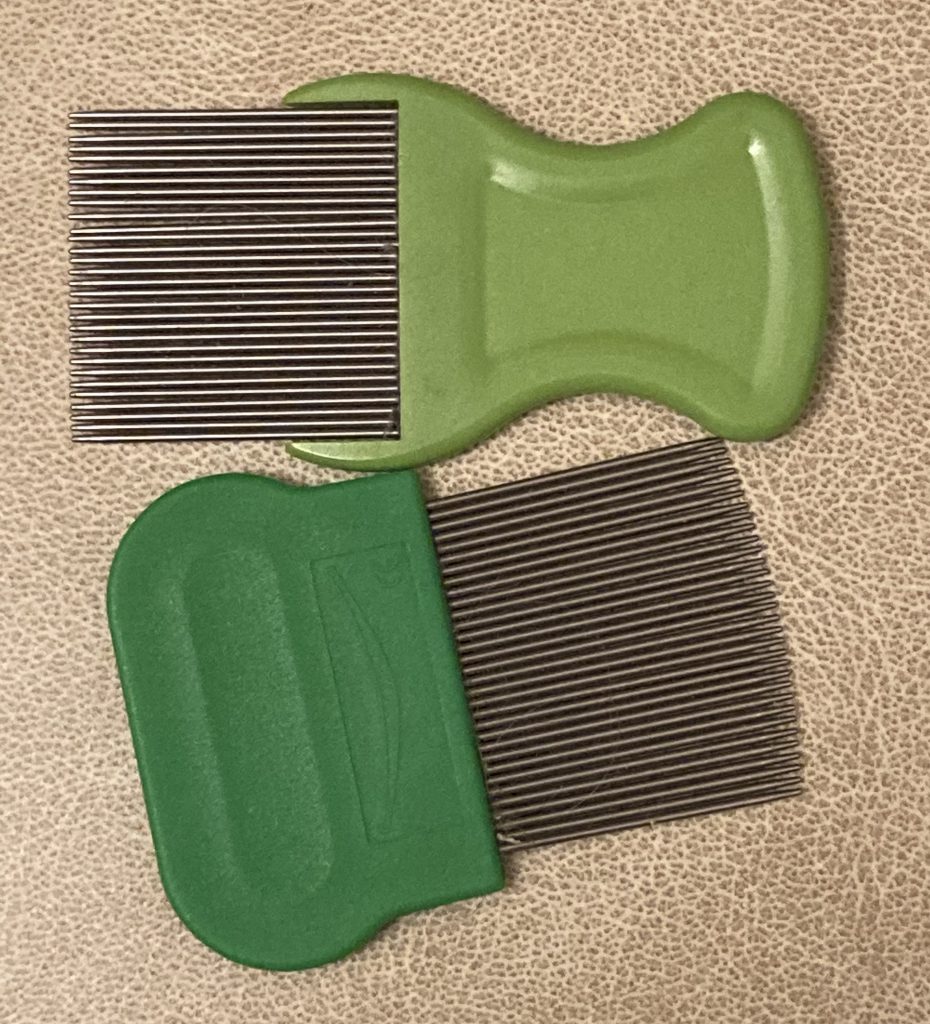
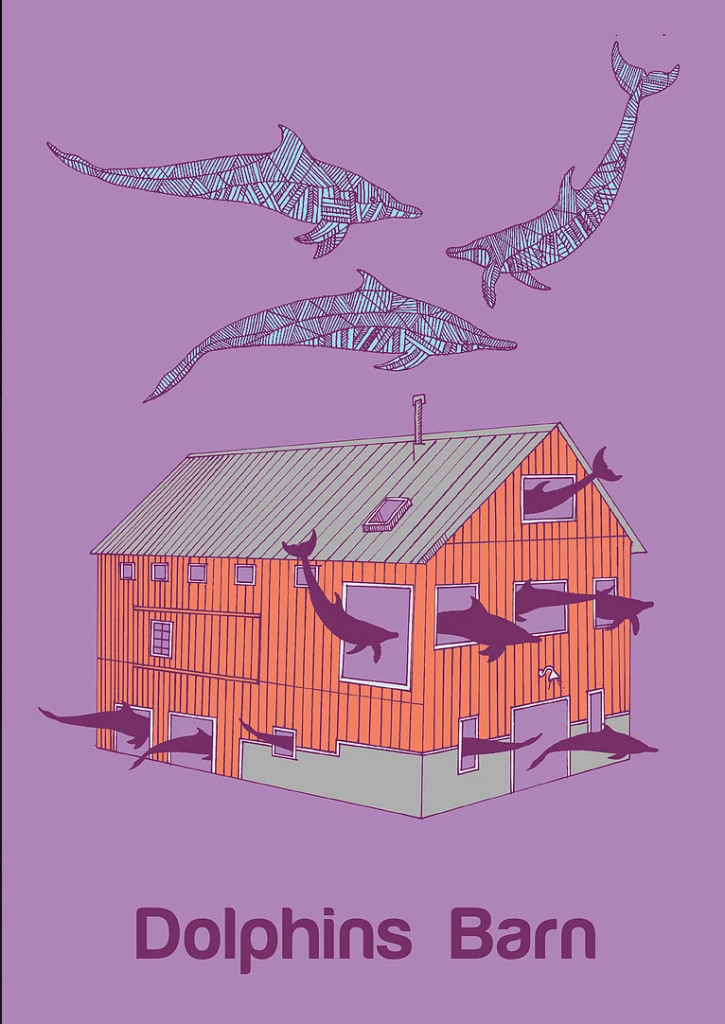
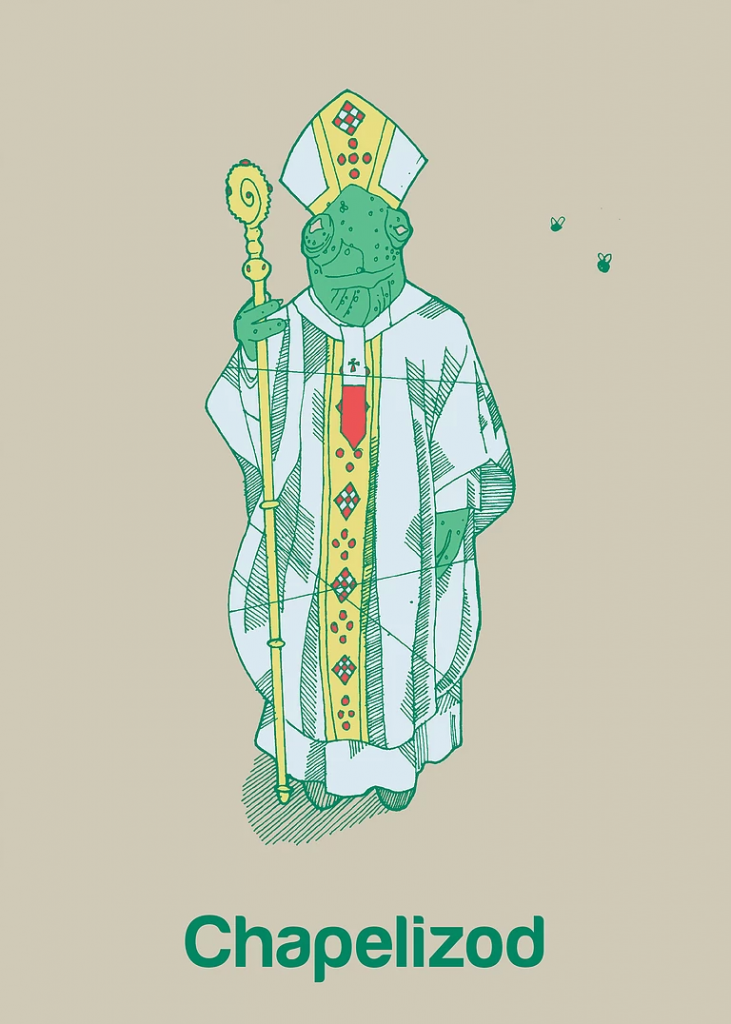

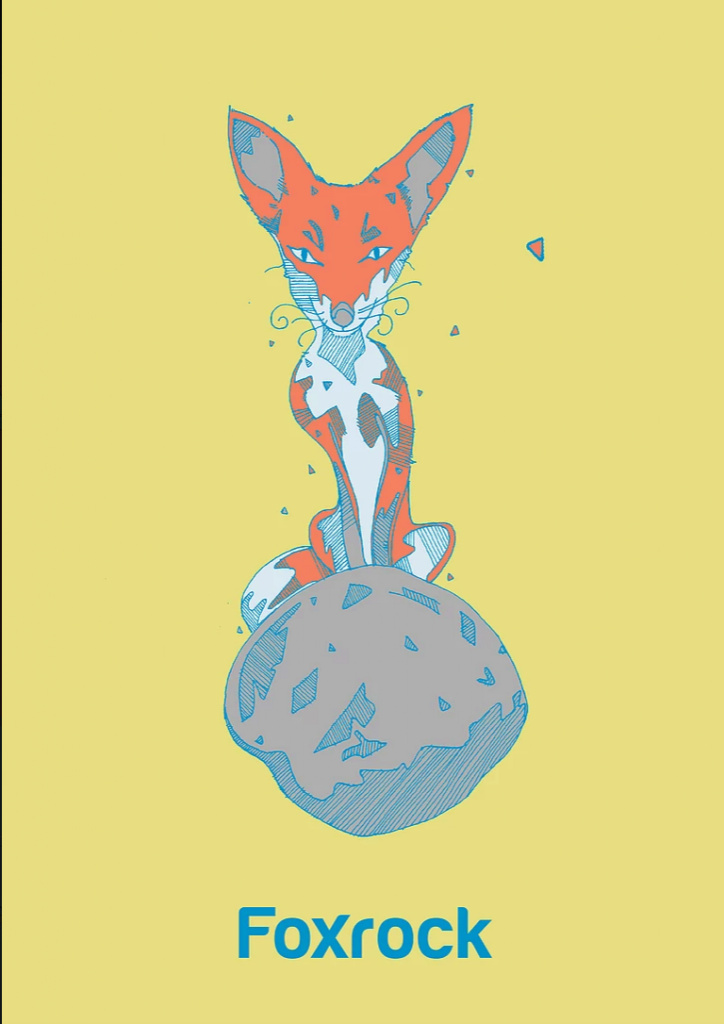
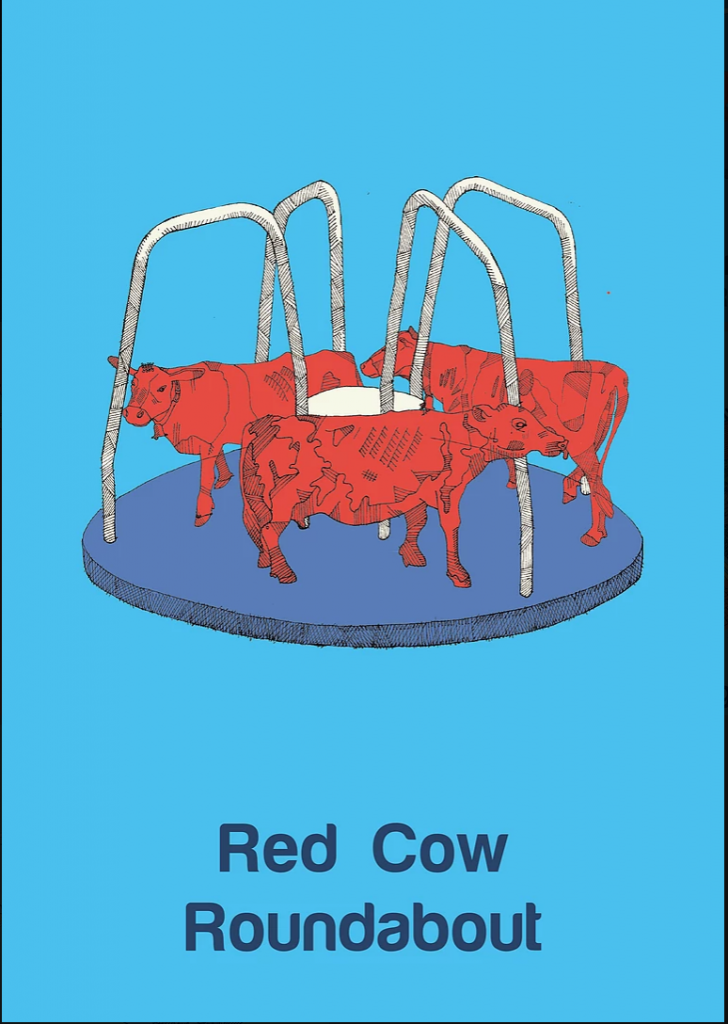
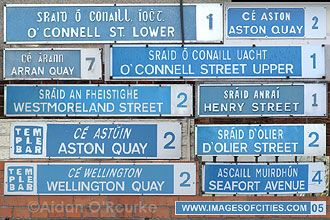

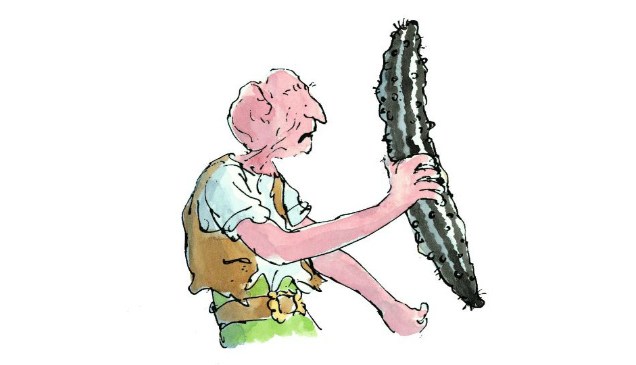







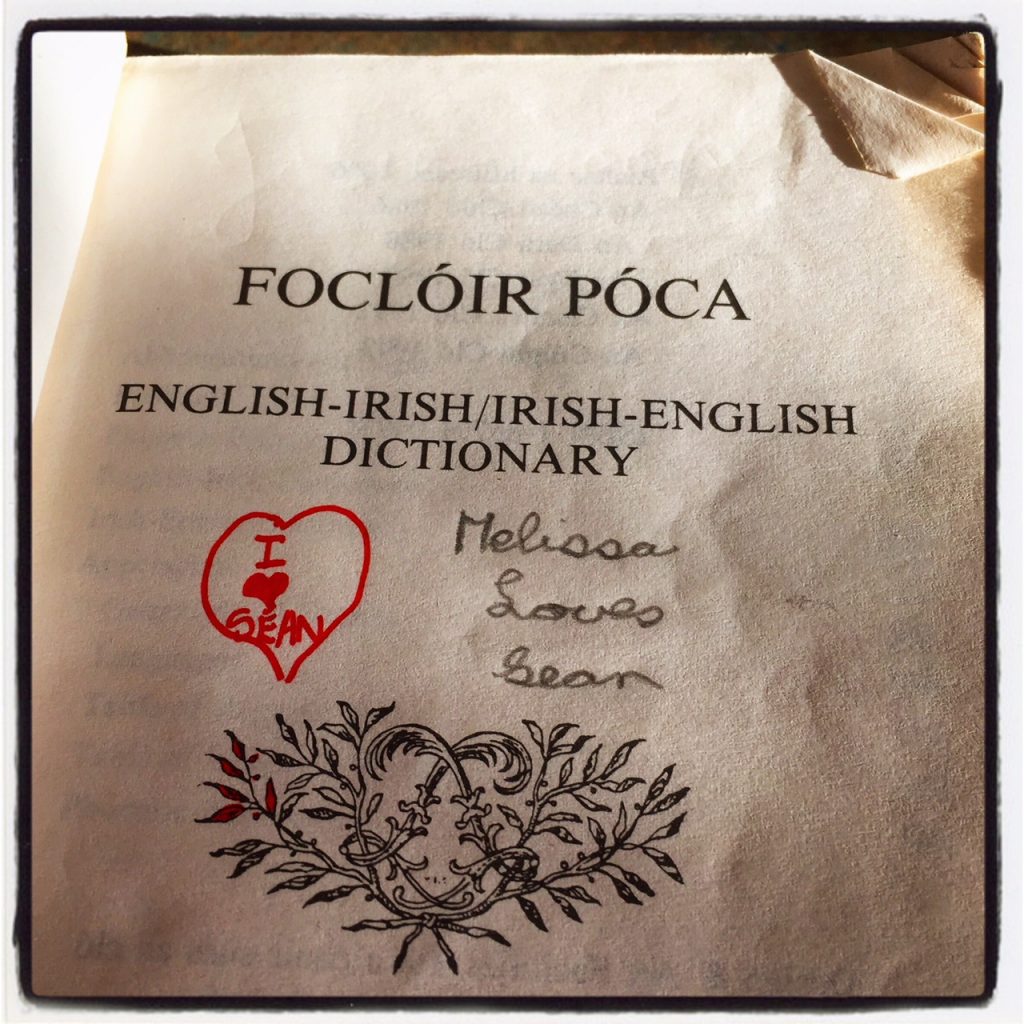


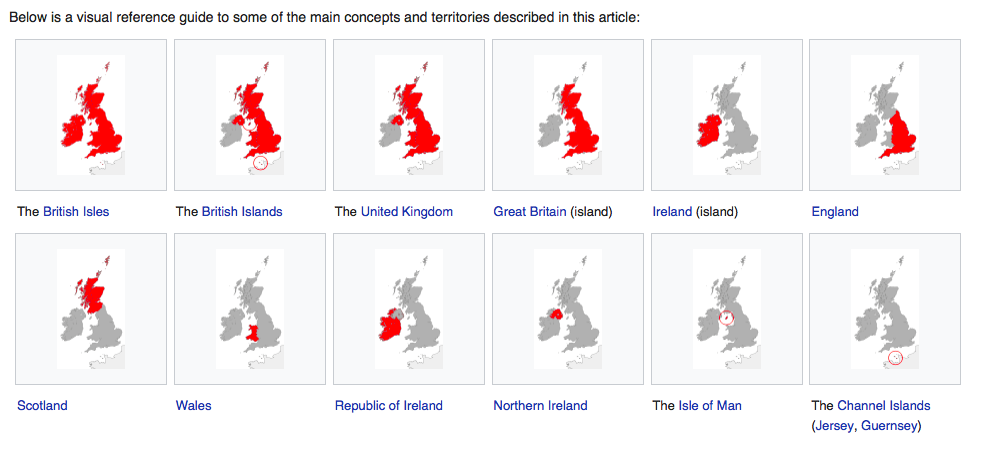





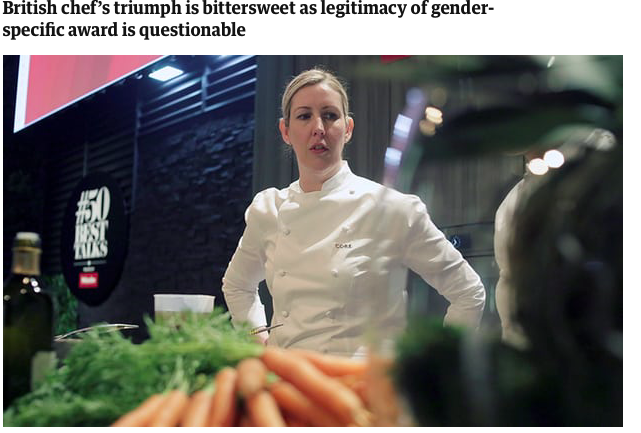
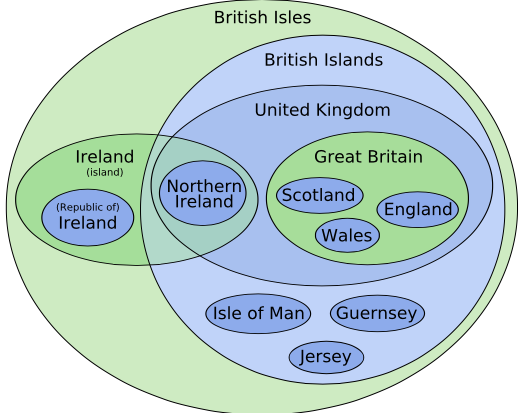
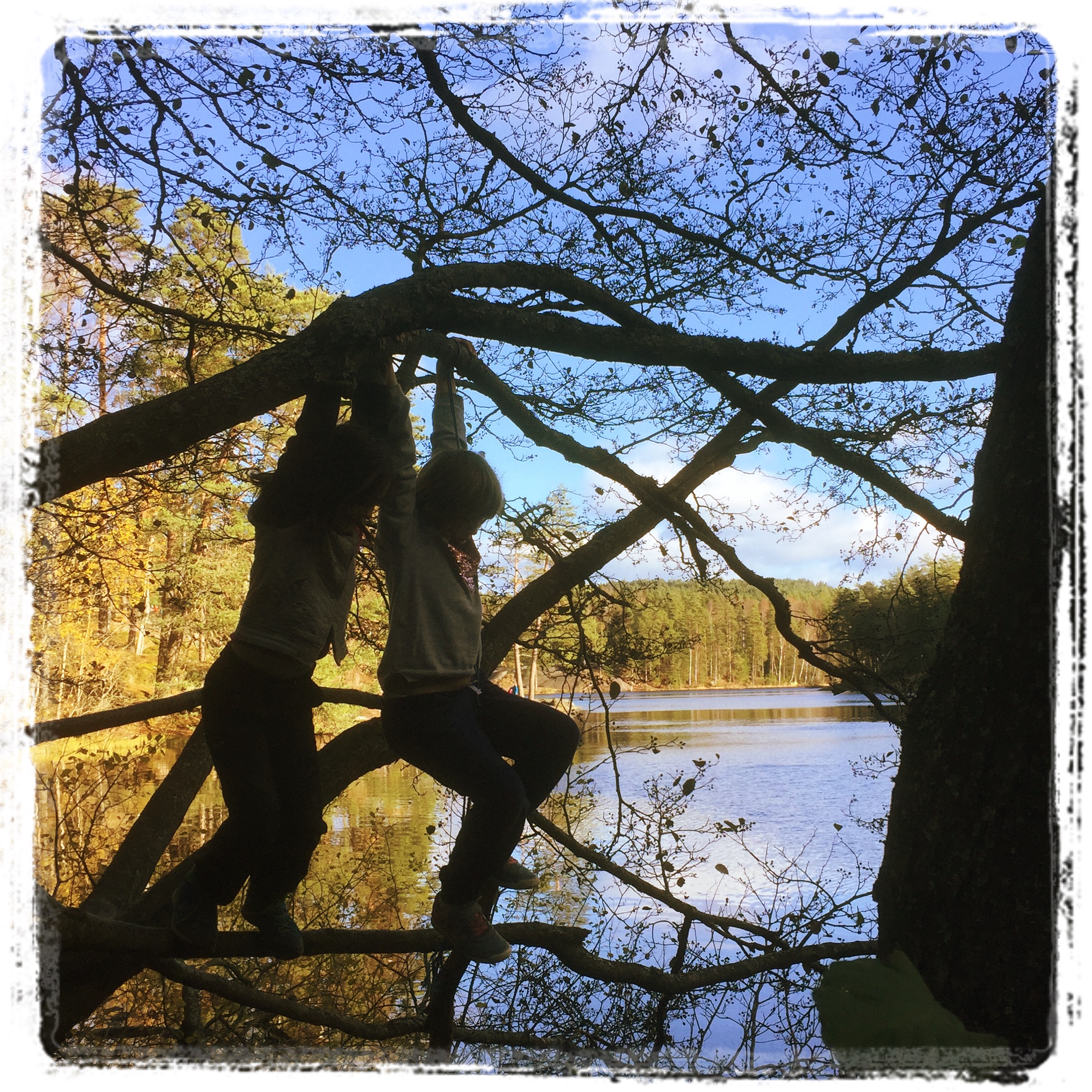
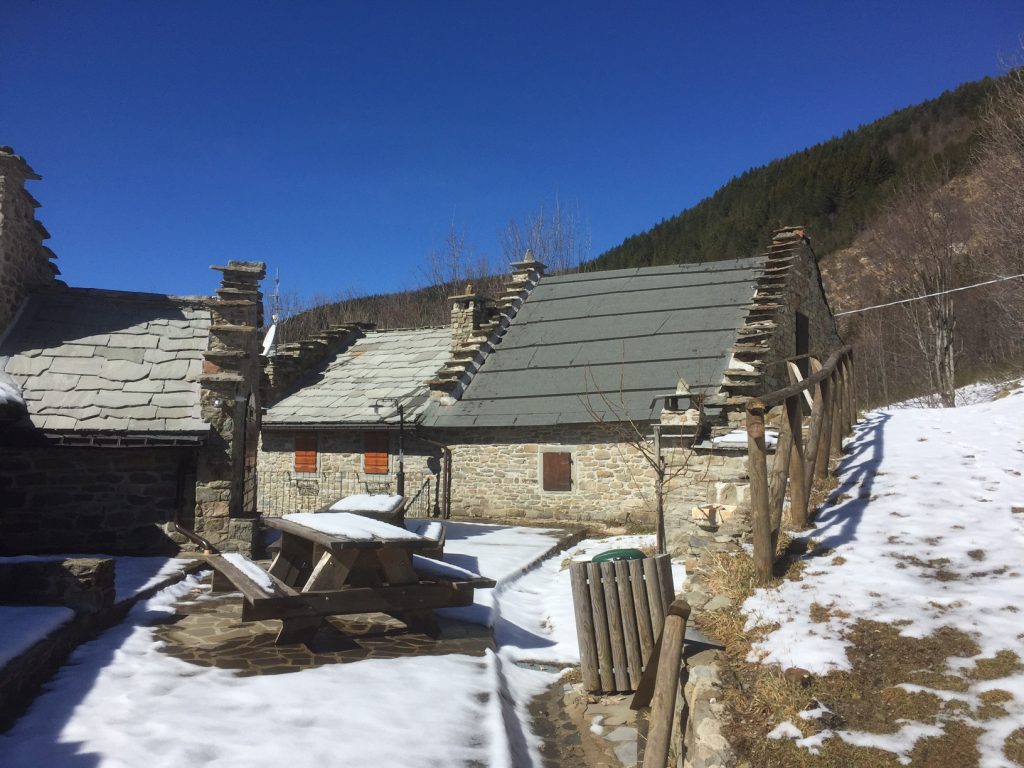
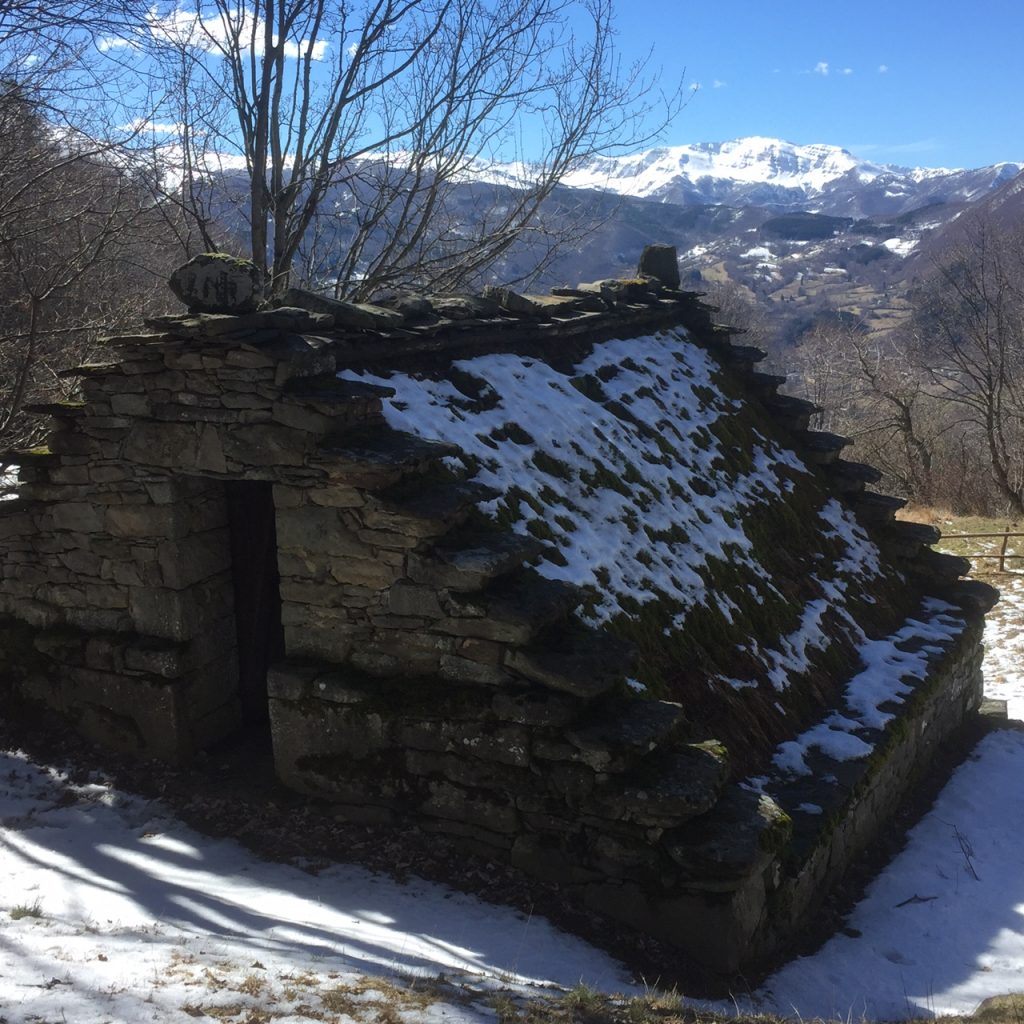
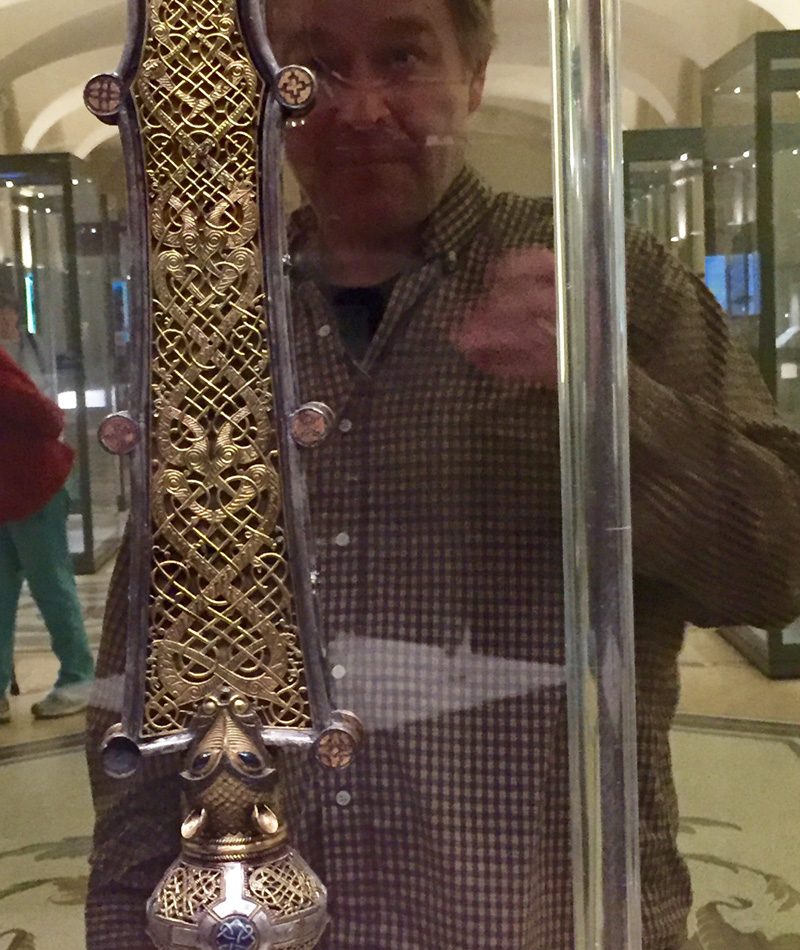
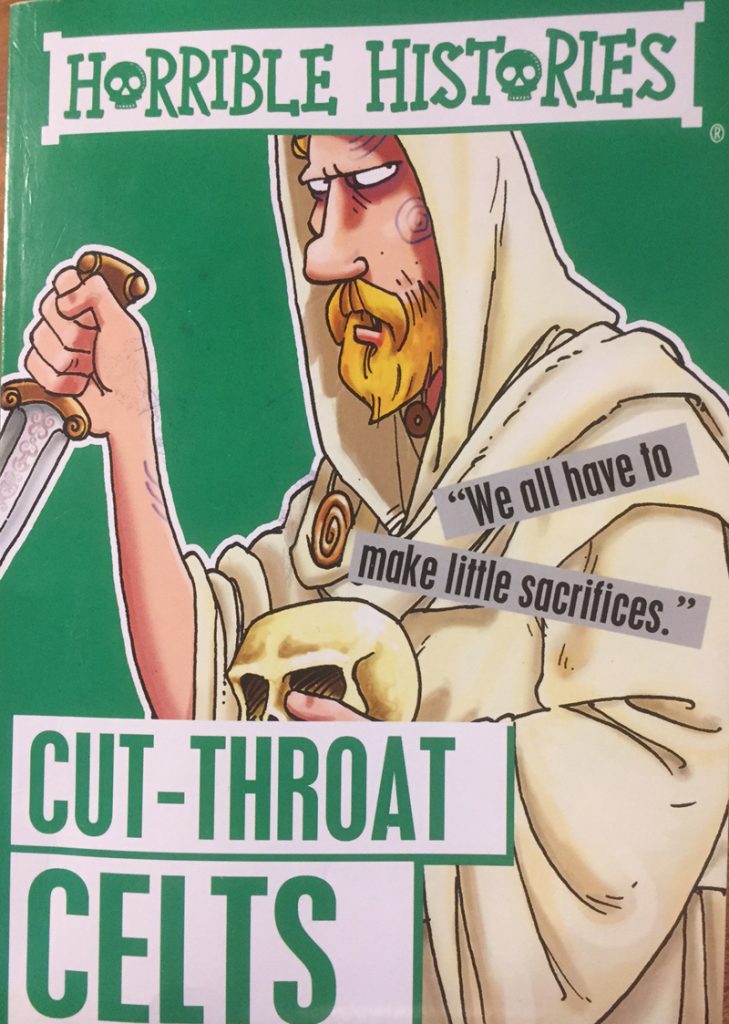
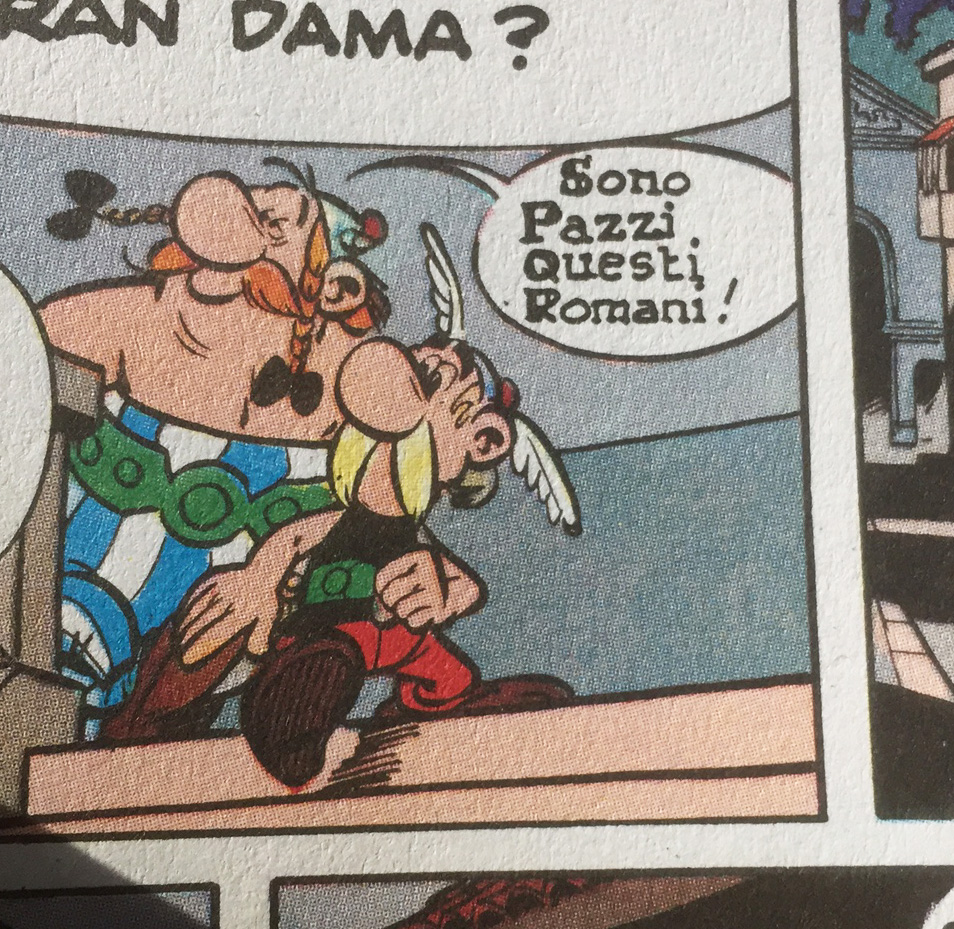
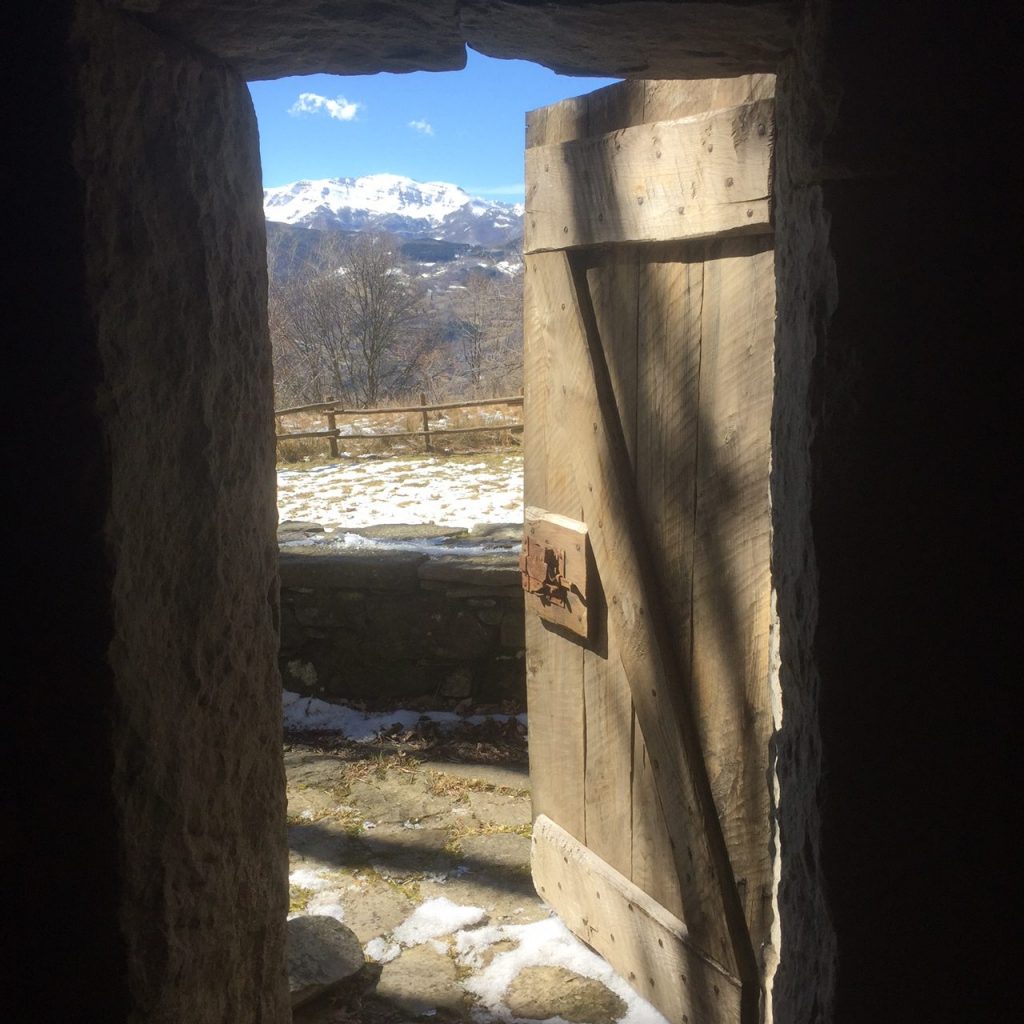

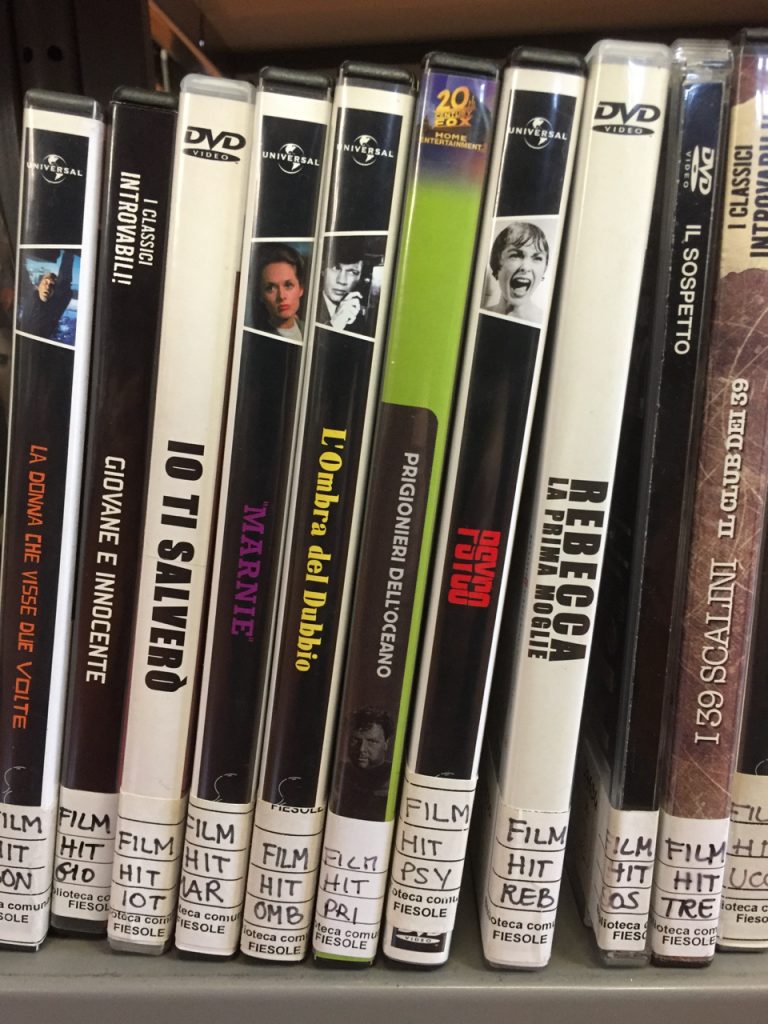
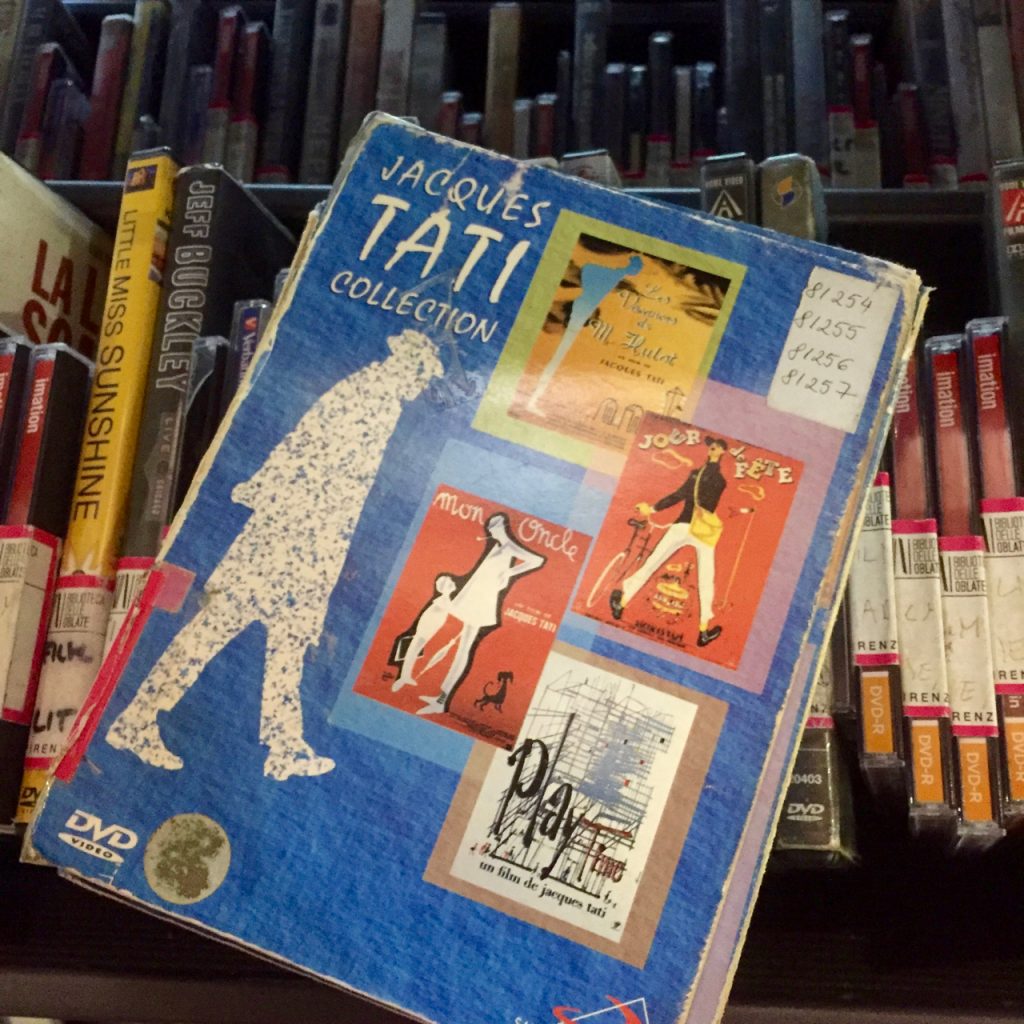
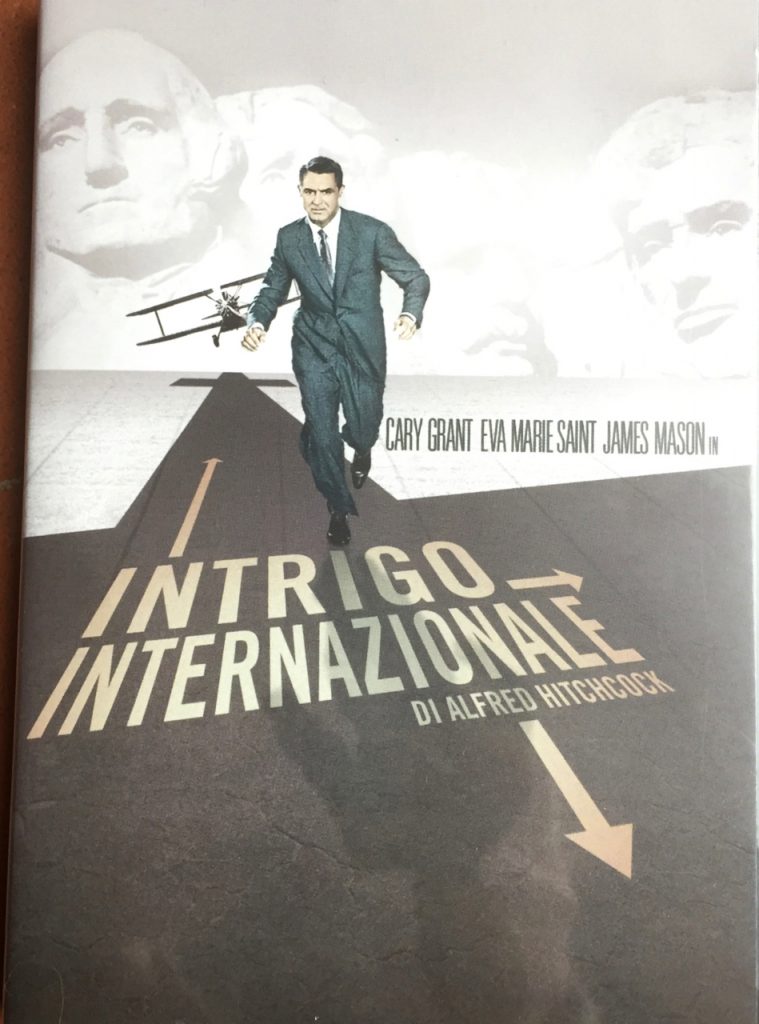

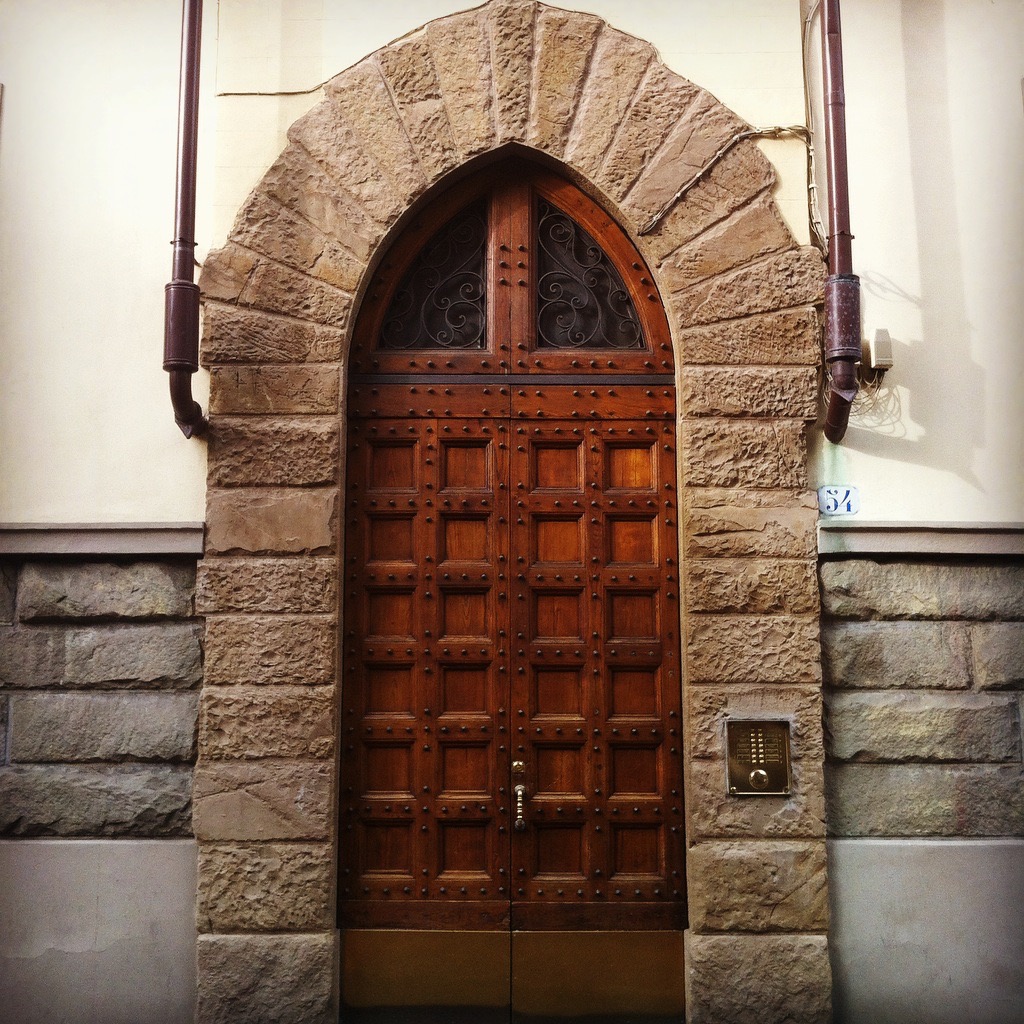
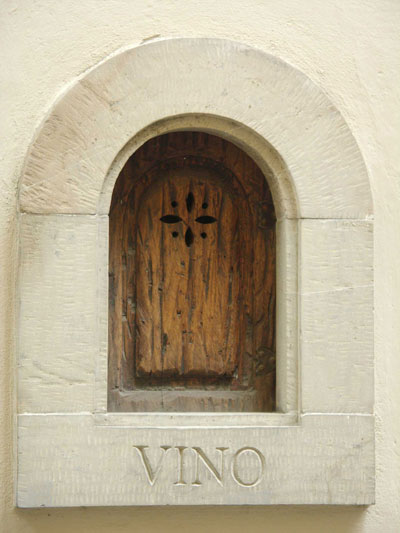
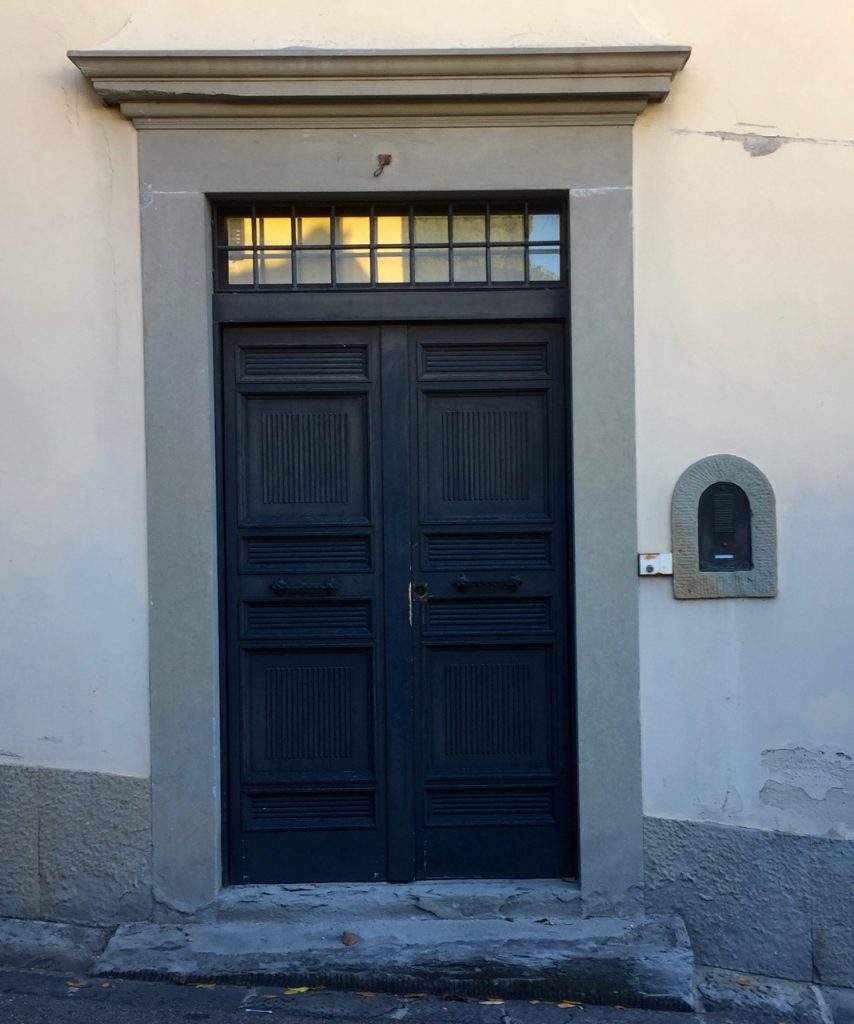
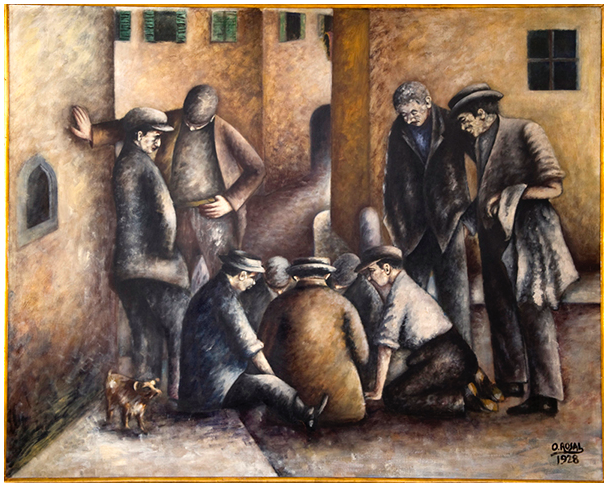
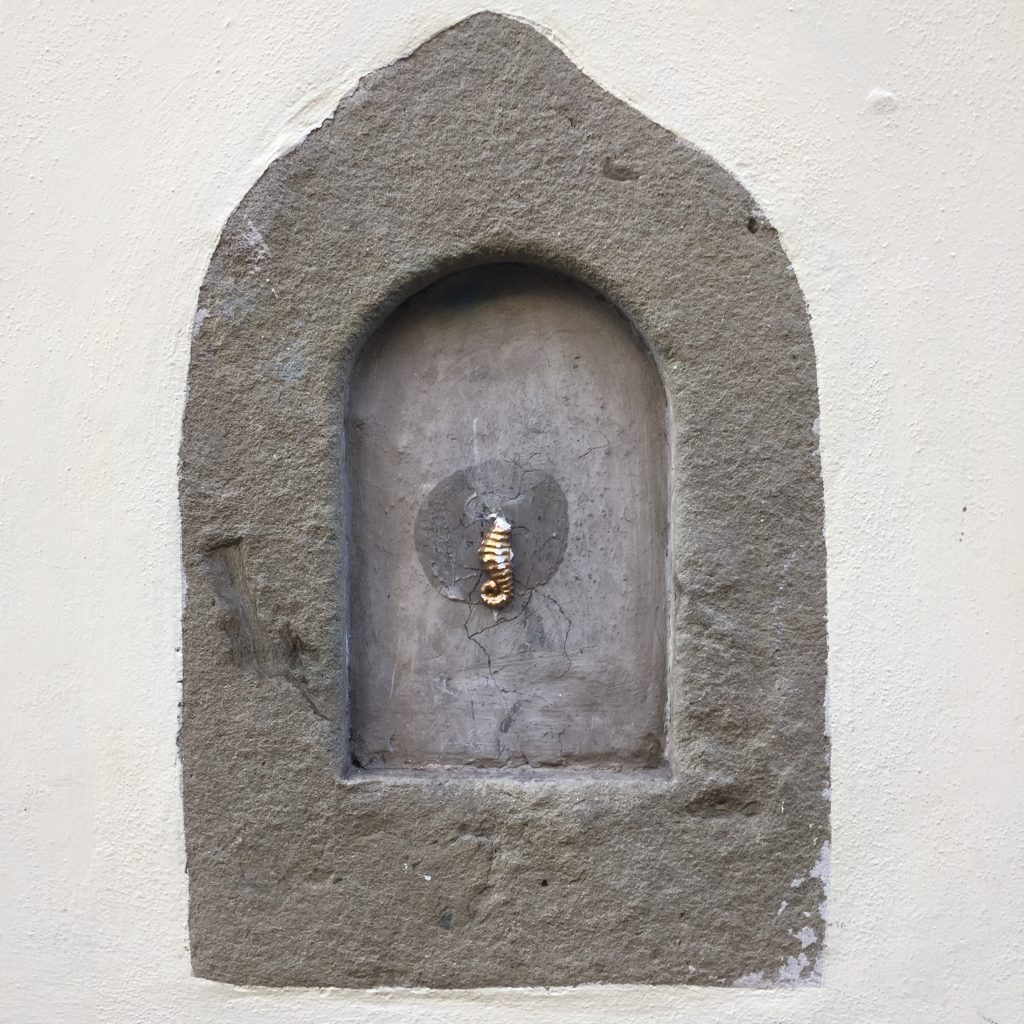

 I like the idea of my kids declaring “dolcetto or scherzetto” at the neighbours tonight and it conjures images of charming little ghoulies jumping around with their goodie bags and spiky sticks. The houses and shops of Italian towns are noticeably empty of flashing pumpkins and witch window stickers so it is just a fun, relaxed event for kids. In Norway it is also still an imported novelty, and quite low-key, but Norwegian kids are mad keen on sweets/candy so it’s very popular. There the kids say “Knask eller Knep” (munchies or trick) – a slightly harsher and, I think, more scary-sounding phrase.
I like the idea of my kids declaring “dolcetto or scherzetto” at the neighbours tonight and it conjures images of charming little ghoulies jumping around with their goodie bags and spiky sticks. The houses and shops of Italian towns are noticeably empty of flashing pumpkins and witch window stickers so it is just a fun, relaxed event for kids. In Norway it is also still an imported novelty, and quite low-key, but Norwegian kids are mad keen on sweets/candy so it’s very popular. There the kids say “Knask eller Knep” (munchies or trick) – a slightly harsher and, I think, more scary-sounding phrase.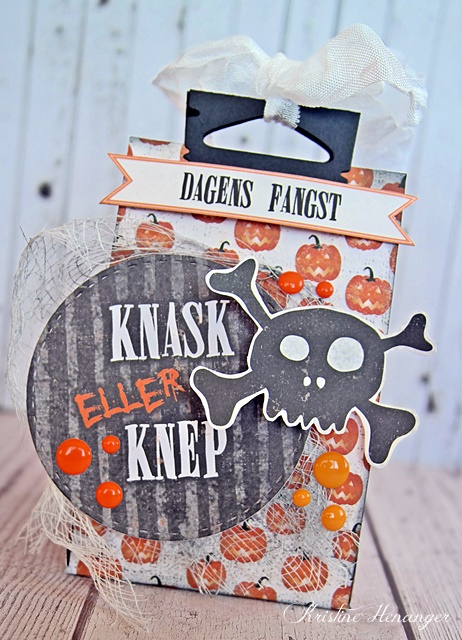 We were lucky while living in Oslo that a wonderful group of Irish mammies organised an Irish-style Halloween party every year, which gave the local half-Irish kids some frame of reference for an ancient part of our heritage.
We were lucky while living in Oslo that a wonderful group of Irish mammies organised an Irish-style Halloween party every year, which gave the local half-Irish kids some frame of reference for an ancient part of our heritage.



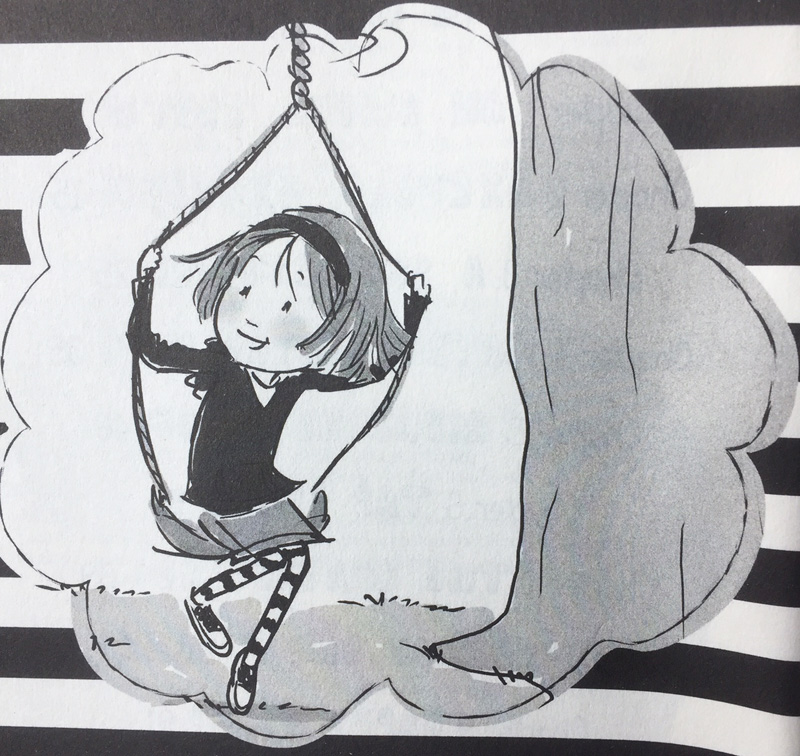
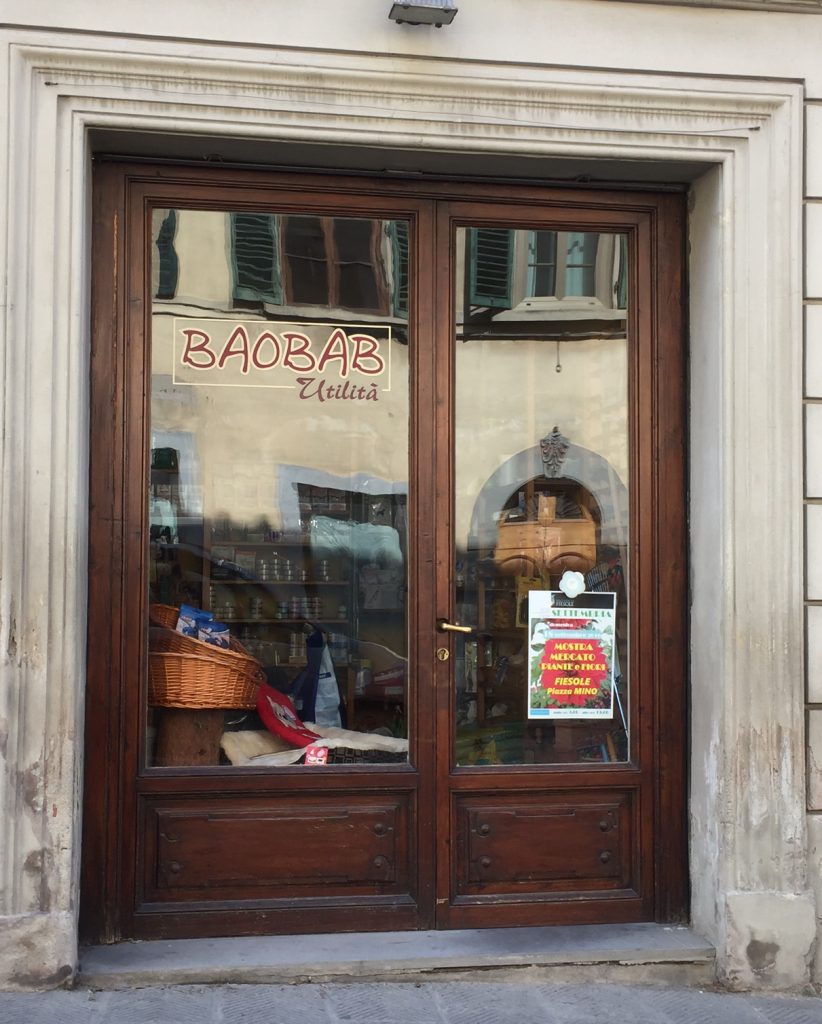
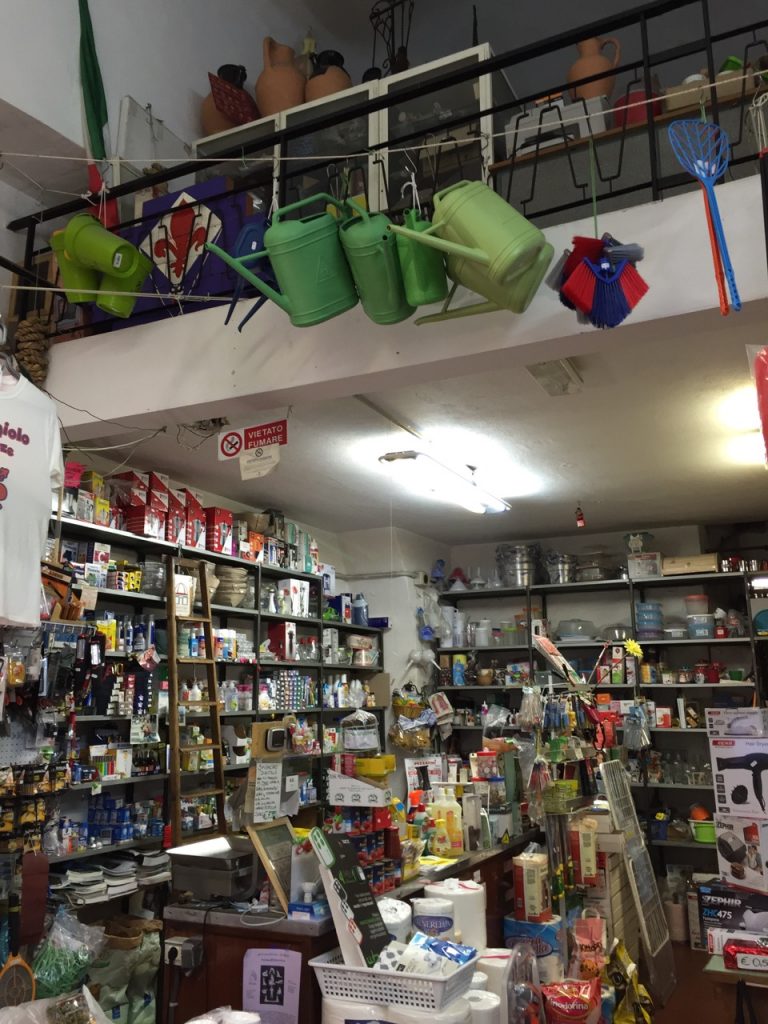

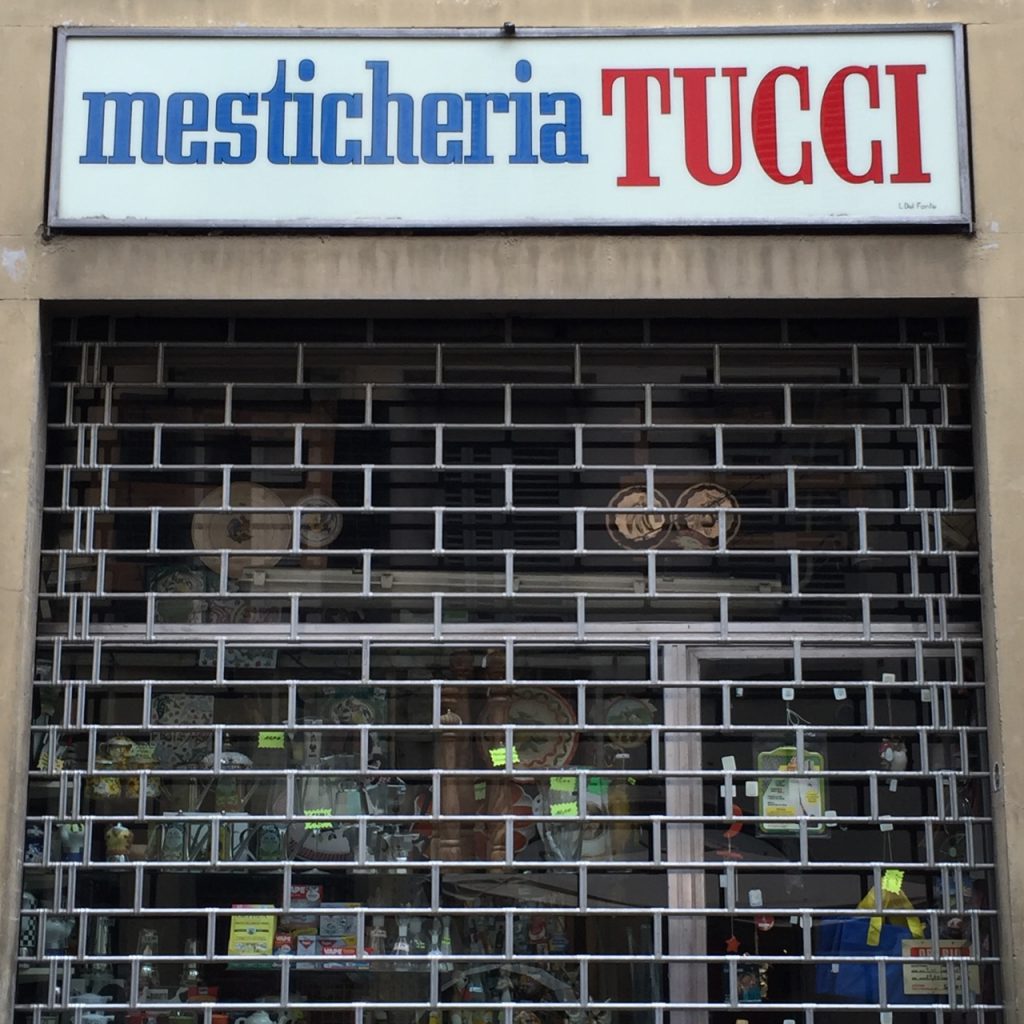

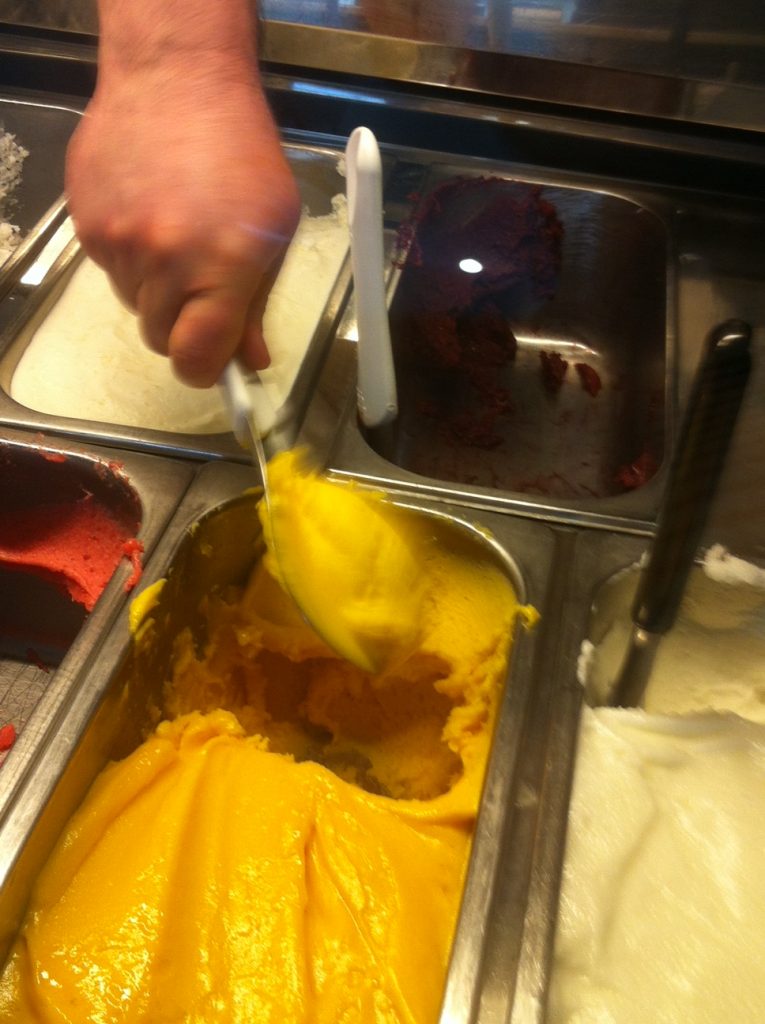
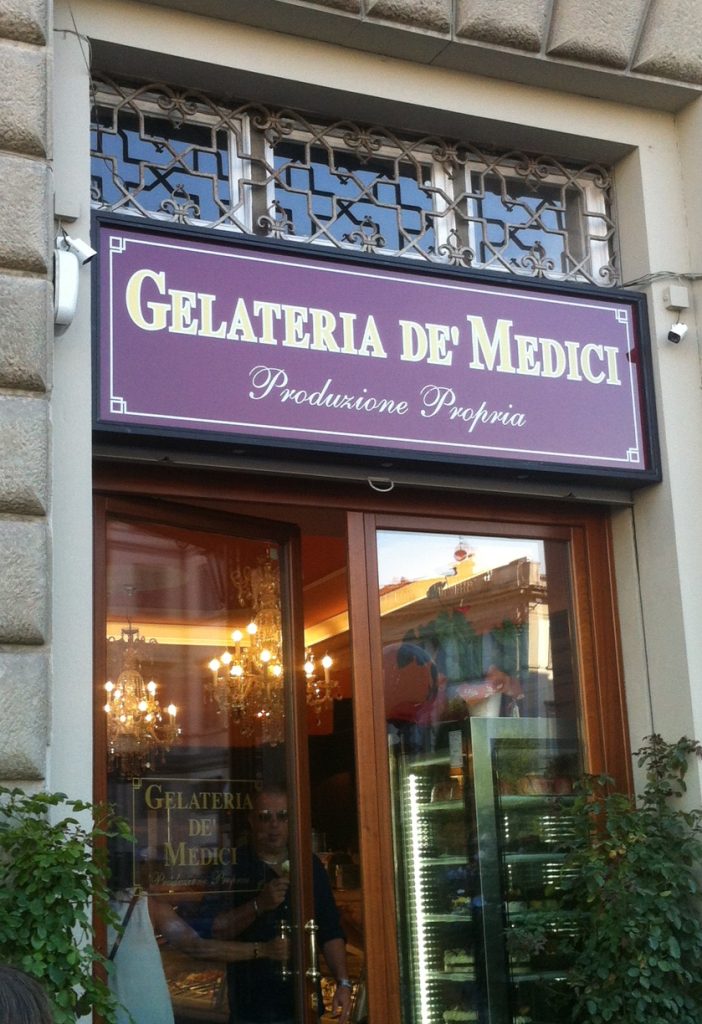
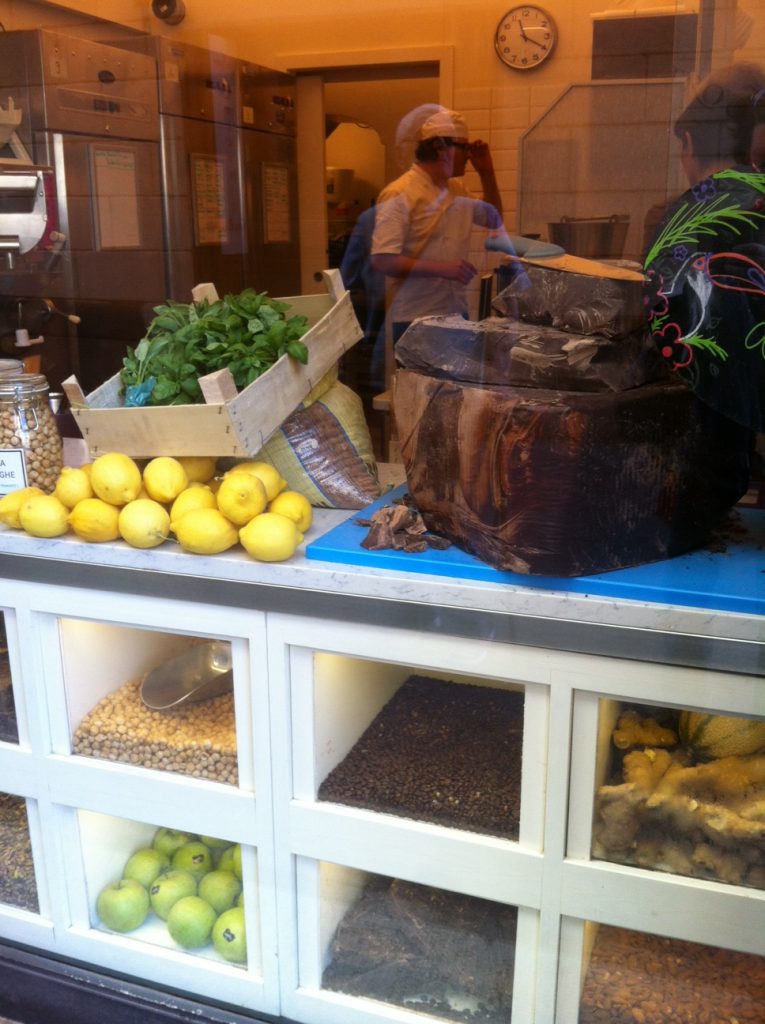
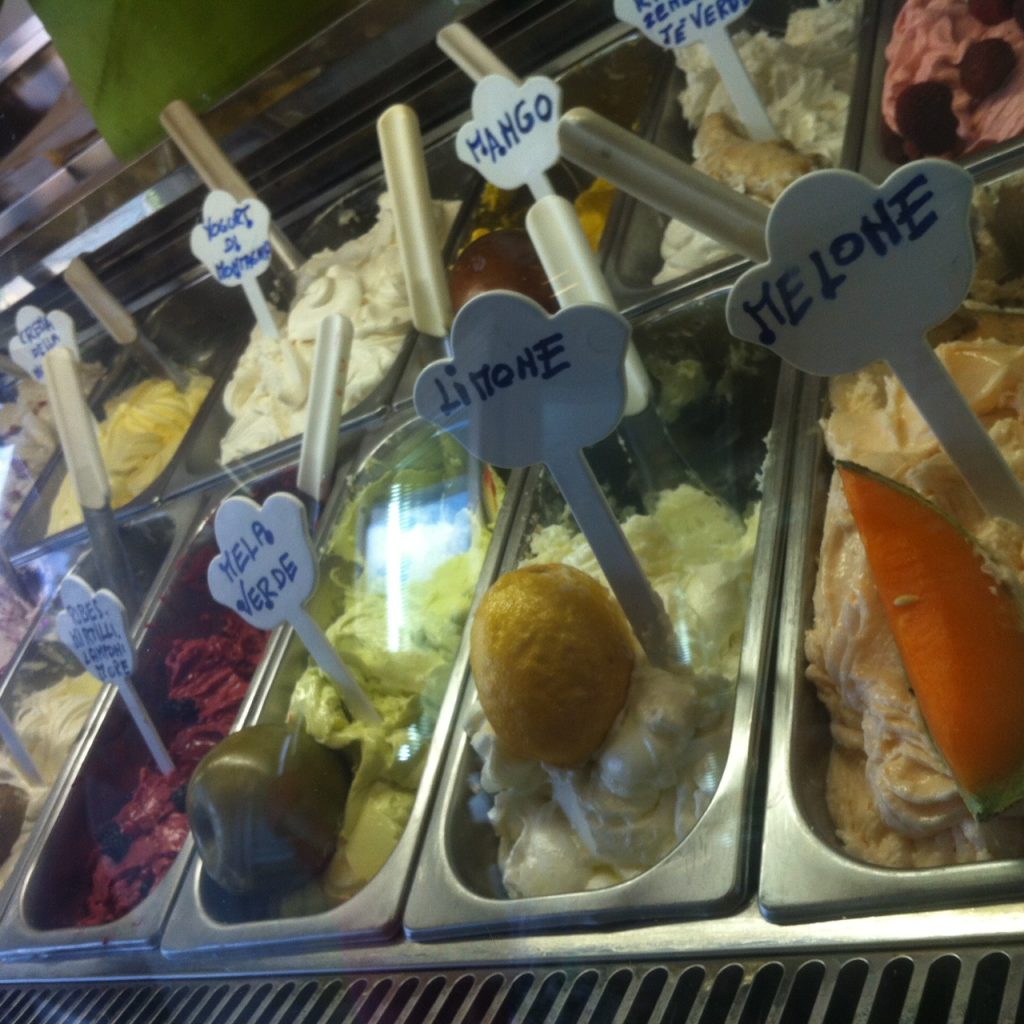
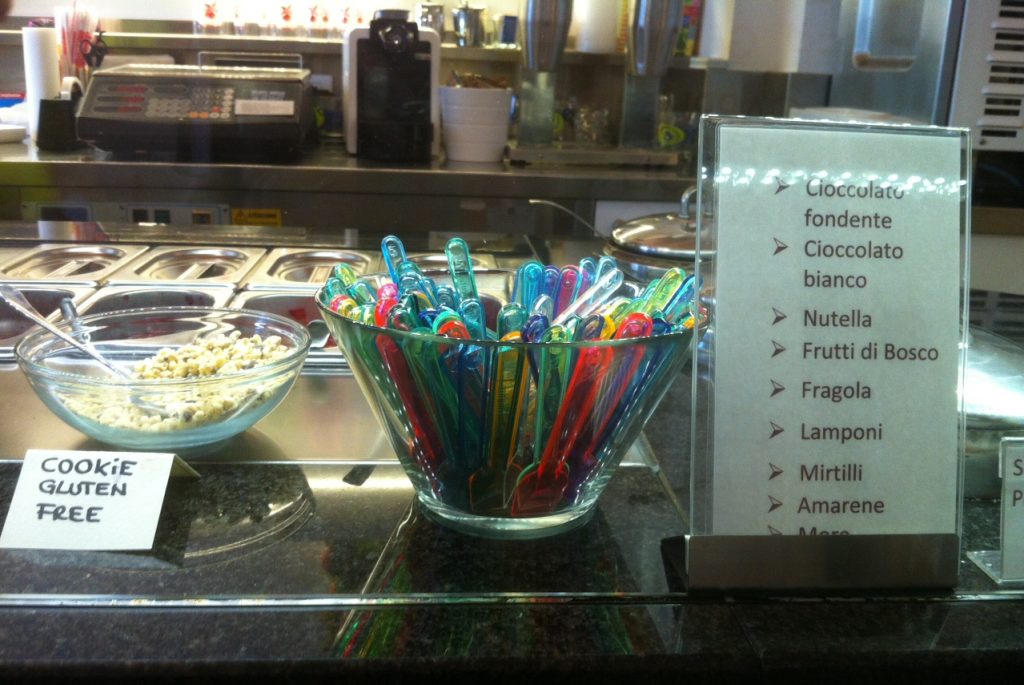


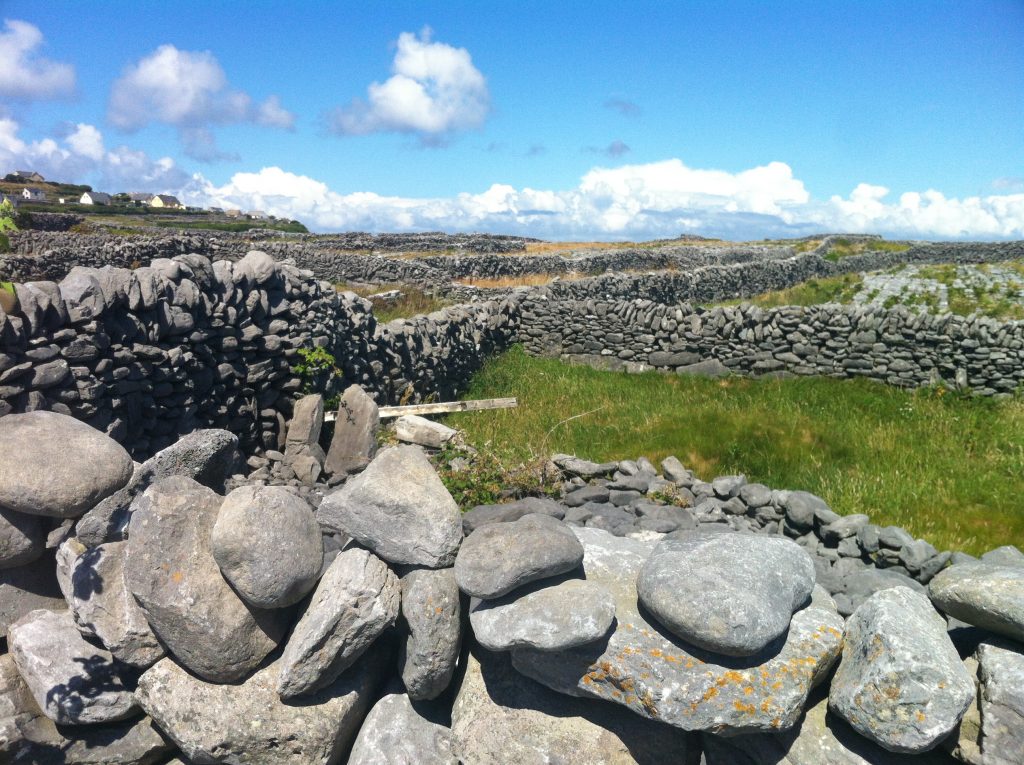


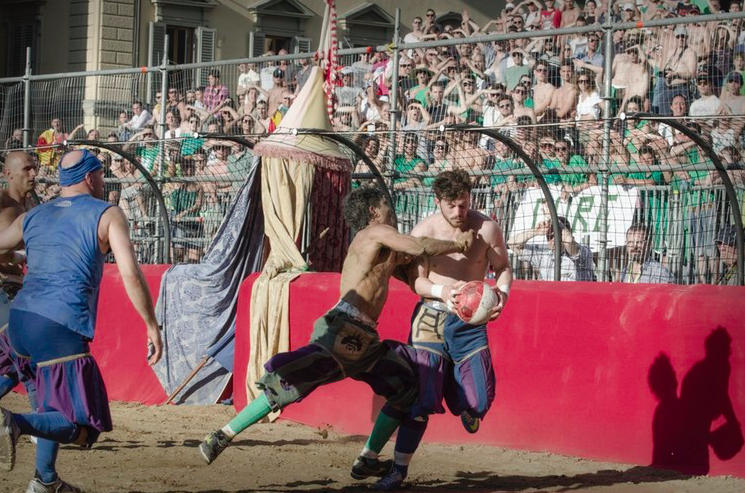
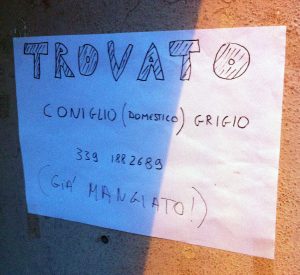 And added underneath by someone: Already eaten!
And added underneath by someone: Already eaten!